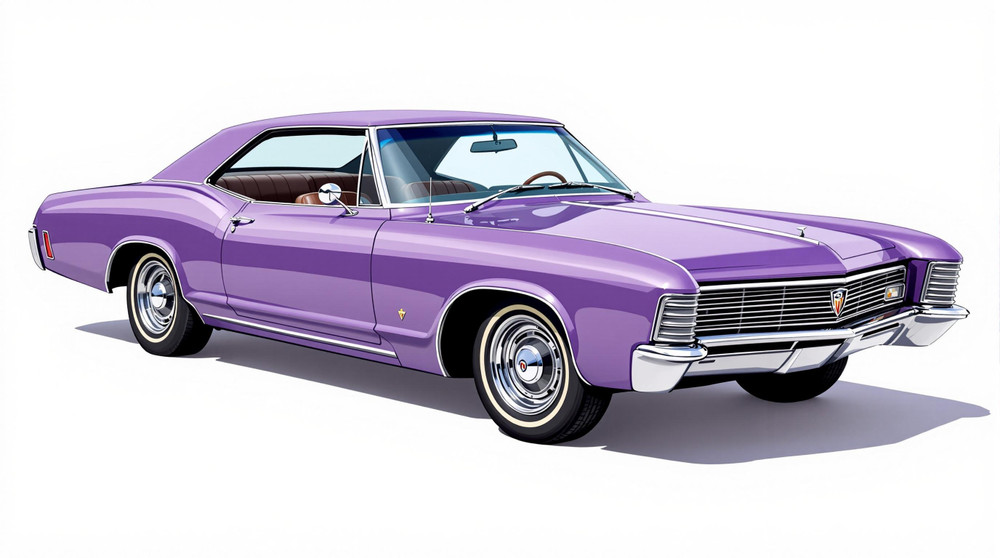Image of 1967 Buick Riviera, Note: These illustrations use artistic license and may differ from actual historical models.
Performance Metrics
Fundamental Metrics
Emotional Appeal
MMP Rating
| Engine Specifications | |
|---|---|
| Engine: | Buick 430 cu in (7.0 L) V8 |
| Displacement: | 430 cu in (7.0 L) |
| Horsepower: | 360 hp |
| Torque: | 475 lb-ft |
| Compression Ratio: | 10.5:1 |
| Ignition System: | Conventional points ignition system |
| Cooling System: | Liquid-cooled |
| Performance Specifications | |
| 0-60 Time: | 8 seconds |
| 1/4 Mile Time: | 16 seconds |
| Top Speed: | 130 mph |
| Transmission and Drive | |
| Drive Type: | Rear-wheel drive |
| Transmission Type: | 3-speed automatic |
| Fuel and Efficiency | |
| Fuel System Type: | Carburetor |
| MPG: | 10-12 mpg |
| Dimensions and Brakes | |
| Brakes: | Power-assisted drum brakes |
| Wheelbase: | 119 inches |
| Weight: | 4,200 lbs |
Note: Specifications for classic cars are given to the best of our ability, considering the limited and variant data available.
1967 Buick Riviera: A Fusion of Luxury and Muscle
The 1967 Buick Riviera stands as a testament to American automotive ingenuity, combining the plush comforts of a luxury car with the robust heart of a muscle machine. Born from the ambitious design tables at Buick, a division of General Motors, this model was part of the second generation of Rivieras, a line that would redefine personal luxury coupes. The '67 Riviera was a product of its era, reflecting the optimism and boldness of mid-60s America while introducing a unique fact for enthusiasts: it was the first year Buick offered front-wheel drive as an option, though most models remained rear-wheel drive.
Design and Innovation
The exterior styling of the '67 Riviera was nothing short of striking. Its long hood and short deck profile exuded power and grace, with hidden headlights that contributed to its sleek facade. The boat-tail rear end, which would become more pronounced in later models, began its subtle introduction here. Inside, occupants were greeted with an array of high-quality materials including vinyl, cloth, and optional leather upholstery. The dashboard's sweeping curves housed innovative features for its time such as a tilt steering wheel and optional cruise control. Color options ranged from subdued to vibrant, with popular choices including Arctic White and Plum Mist Metallic. While only available as a two-door hardtop coupe, buyers could opt for deluxe trim packages that added even more luxury and style.
Historical Significance
The 1967 Riviera's impact on automotive design was profound. It bridged the gap between performance-oriented sports cars and comfort-focused sedans. With its forward-thinking design elements and powerful V8 engine options, it set a new standard for what American luxury cars could aspire to be. Its influence can be seen in subsequent generations of personal luxury cars well into the 1970s and beyond.
Performance and Handling
Under the hood lay a potent 430 cubic inch V8 engine that propelled the Riviera from 0-60 mph in under 8 seconds—a remarkable feat for a car of its size at the time. Its top speed was comfortably in the realm of 125 mph. The suspension system was tuned to offer a smooth ride without sacrificing too much handling prowess, allowing drivers to navigate winding roads with confidence. The driving experience was characterized by the throaty rumble of the engine, responsive steering, and an overall sense of solidity on the road.
Ownership Experience
The '67 Riviera was versatile enough to serve as a daily driver or a weekend showpiece. Its reliability was commendable for its day, though contemporary owners should be prepared for the maintenance that comes with owning any classic vehicle. Parts are generally available thanks to a dedicated community of enthusiasts and aftermarket support.
Fun Facts
This model year saw several interesting tidbits: it was featured in various films and owned by celebrities like Steve McQueen. While not known for setting speed records, it did set standards in design elegance and powertrain performance for luxury coupes. Criticisms at the time focused on its fuel consumption—a common trait among muscle cars—and its heftier weight compared to some rivals.
Collector's Information
Today, collectors cherish the 1967 Buick Riviera for its unique blend of style and performance. Estimates suggest that around 45,000 units were produced for this year. Values vary widely based on condition, mileage, and provenance; however, well-maintained examples can fetch anywhere from $20,000 to over $50,000 depending on their originality and historical significance. The market trend shows appreciation for this classic as interest in American luxury muscle cars continues to grow.
Conclusion
The 1967 Buick Riviera is more than just a car; it's an emblematic piece of American automotive history that exemplifies innovation during an era when cars were about more than just transportation—they were statements of identity and ambition. Whether you're behind the wheel or admiring from afar, this classic continues to captivate car enthusiasts around the world.
1967 Buick Riviera Catalog of Parts
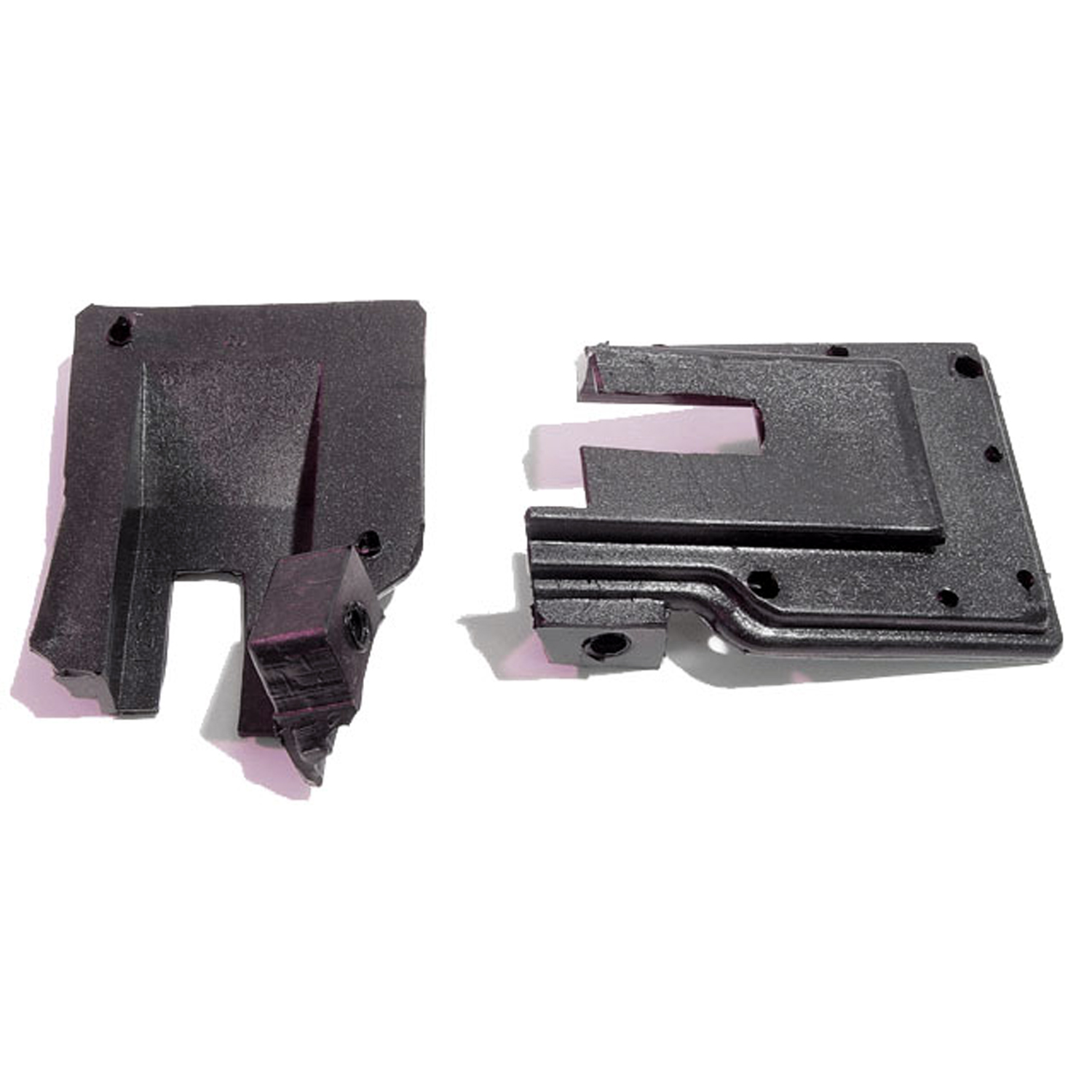 1967 Buick Riviera Quarter Window Door Lock Pillar Seal. Pair-ALP 5031Quarter Window Door Lock Pillar Seal. Pair
1967 Buick Riviera Quarter Window Door Lock Pillar Seal. Pair-ALP 5031Quarter Window Door Lock Pillar Seal. Pair 1967 Buick Riviera Shock Absorber Grommet. 1" bottom O.D., 3/4" high-BN 1Shock Absorber Grommet. 1" bottom O.D., 3/4" high., with 7/16" I.D. Each
1967 Buick Riviera Shock Absorber Grommet. 1" bottom O.D., 3/4" high-BN 1Shock Absorber Grommet. 1" bottom O.D., 3/4" high., with 7/16" I.D. Each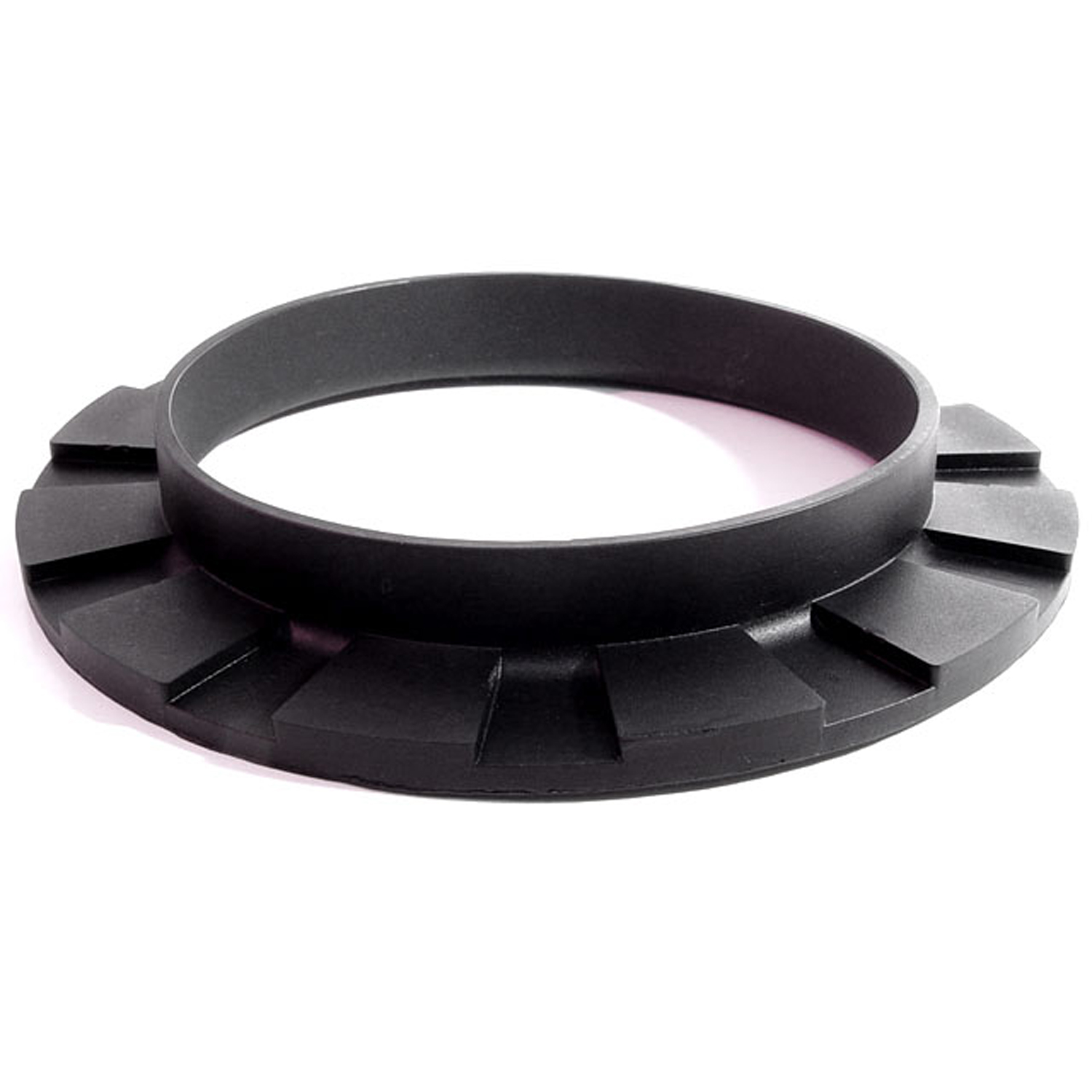 1967 Buick Riviera Front coil-spring insulator-BN 110Front coil-spring insulator. Fits '41-'60 Oldsmobile and '50-'83 GM passenger models. 5-3/8 in. OD x 3-3/4 in. ID x 3/4 in. high with 13/16 in. wide bottom flange 1/4" thick, 12 flutes. Each.
1967 Buick Riviera Front coil-spring insulator-BN 110Front coil-spring insulator. Fits '41-'60 Oldsmobile and '50-'83 GM passenger models. 5-3/8 in. OD x 3-3/4 in. ID x 3/4 in. high with 13/16 in. wide bottom flange 1/4" thick, 12 flutes. Each.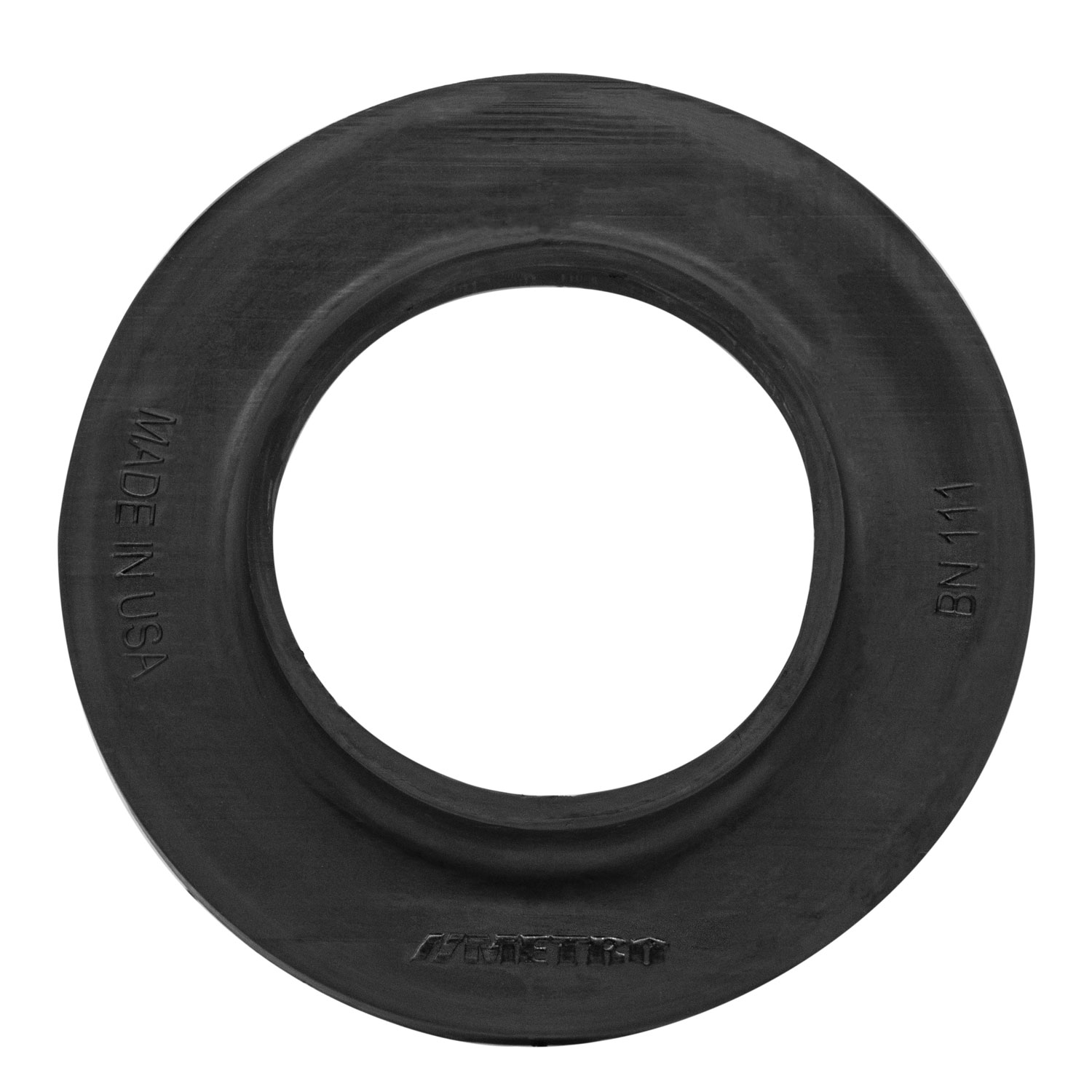 1967 Buick Riviera Rear coil-spring insulator 1961-72 GM A-Body-BN 111Coil spring insulators are a great way to prevent metal-on-metal contact and noise. Manufactured to OEM specifications for a precise fit, these coil spring insulators are made of rubber and are used between the coil spring and the frame of your ride. 3-3/4 in. OD, 2-1/8 in. ID, 5/8 in. high with 3/16 in. , wide bottom flange 1/4 in. thick.
1967 Buick Riviera Rear coil-spring insulator 1961-72 GM A-Body-BN 111Coil spring insulators are a great way to prevent metal-on-metal contact and noise. Manufactured to OEM specifications for a precise fit, these coil spring insulators are made of rubber and are used between the coil spring and the frame of your ride. 3-3/4 in. OD, 2-1/8 in. ID, 5/8 in. high with 3/16 in. , wide bottom flange 1/4 in. thick.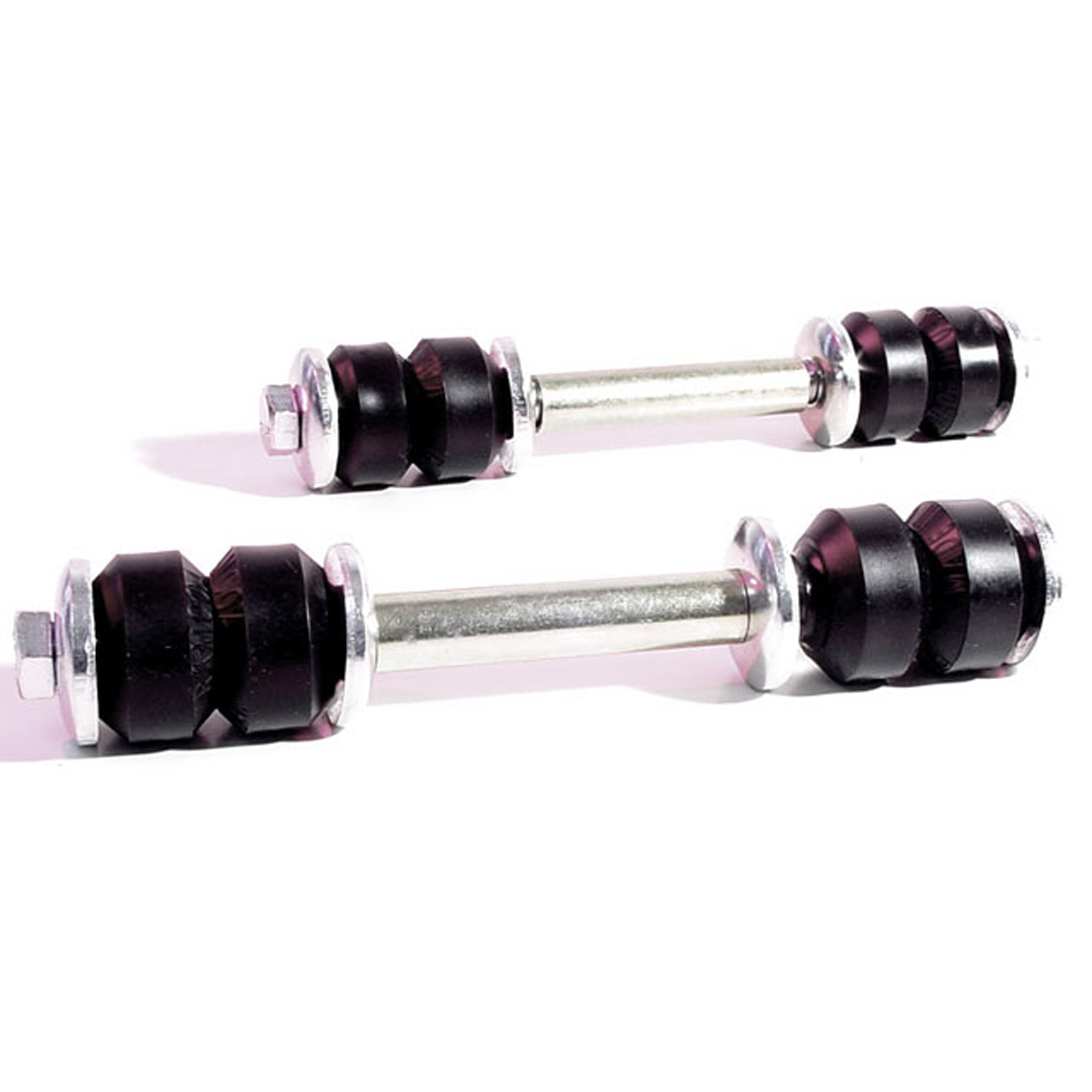 1967 Buick Riviera Front Stabilizer End Repair Kit-BNK 23Front Stabilizer End Repair Kit. 22-piece set for two stabilizer bars. Contains all rubber bushings, washers, bolts and nuts, enough for one front end. Set
1967 Buick Riviera Front Stabilizer End Repair Kit-BNK 23Front Stabilizer End Repair Kit. 22-piece set for two stabilizer bars. Contains all rubber bushings, washers, bolts and nuts, enough for one front end. Set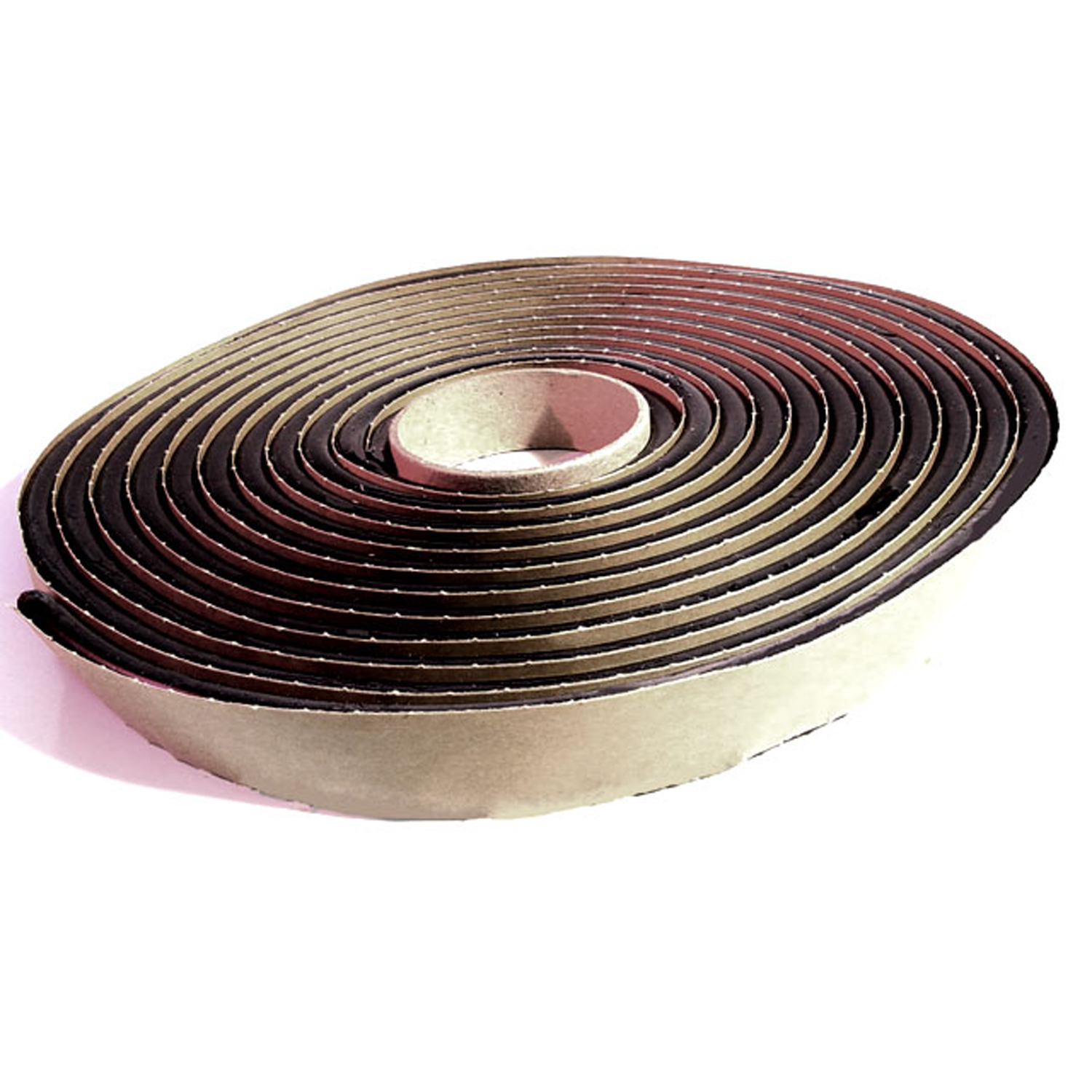 1967 Buick Riviera Butyl Glass Setting Tape-BT 1Butyl Glass Setting Tape. Used to install windshields and backlights. Superior sealing properties. 5/16" wide X 15' long. Each
1967 Buick Riviera Butyl Glass Setting Tape-BT 1Butyl Glass Setting Tape. Used to install windshields and backlights. Superior sealing properties. 5/16" wide X 15' long. Each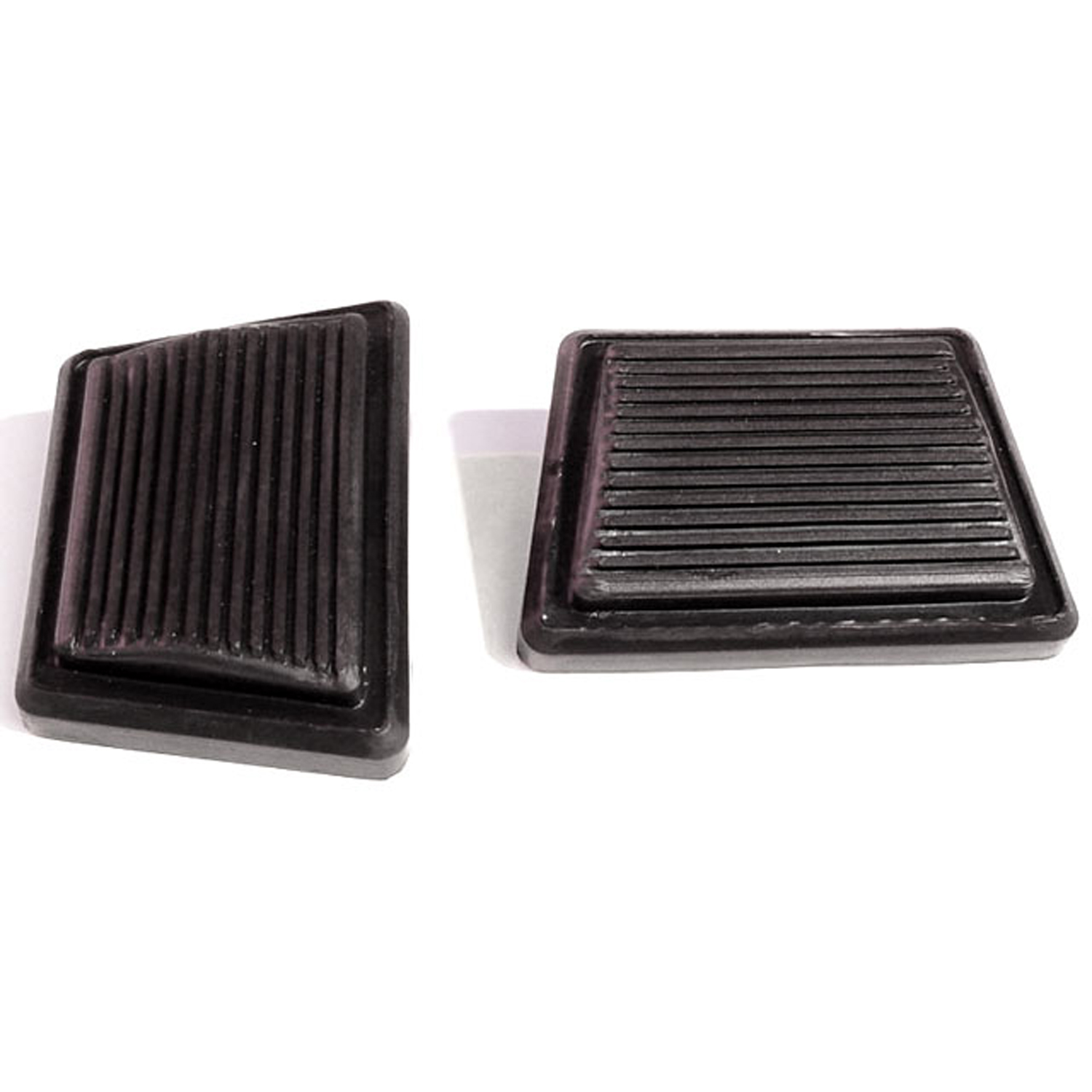 1967 Buick Riviera Clutch and Brake Pedal Pads. Exact reproduction-CB 99Clutch and Brake Pedal Pads. Exact reproduction. 3-1/2" wide. Pair
1967 Buick Riviera Clutch and Brake Pedal Pads. Exact reproduction-CB 99Clutch and Brake Pedal Pads. Exact reproduction. 3-1/2" wide. Pair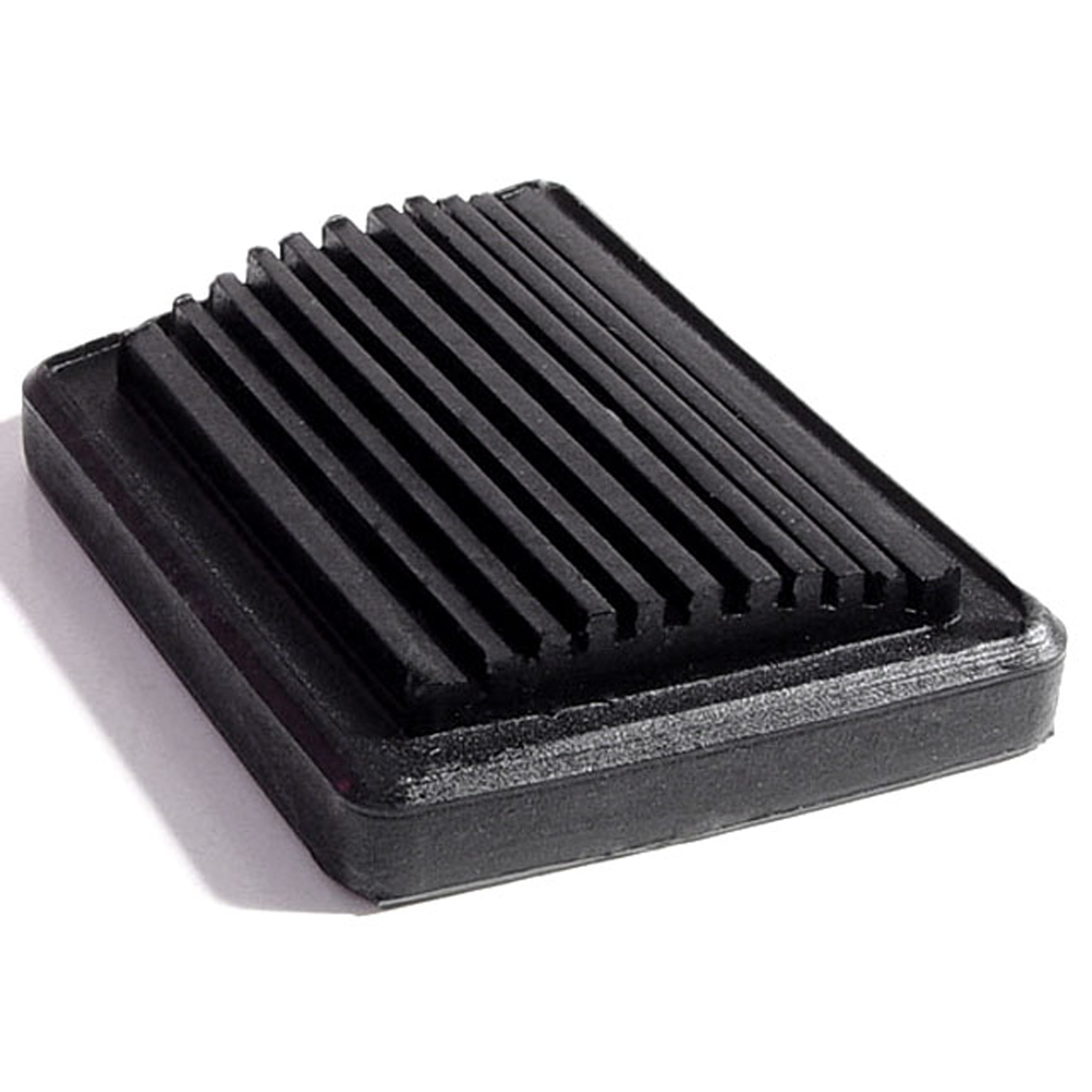 1967 Buick Riviera Park Brake Pedal Pad. 2-9/16" wide. Each-CB 99-APark Brake Pedal Pad. 2-9/16" wide. Each
1967 Buick Riviera Park Brake Pedal Pad. 2-9/16" wide. Each-CB 99-APark Brake Pedal Pad. 2-9/16" wide. Each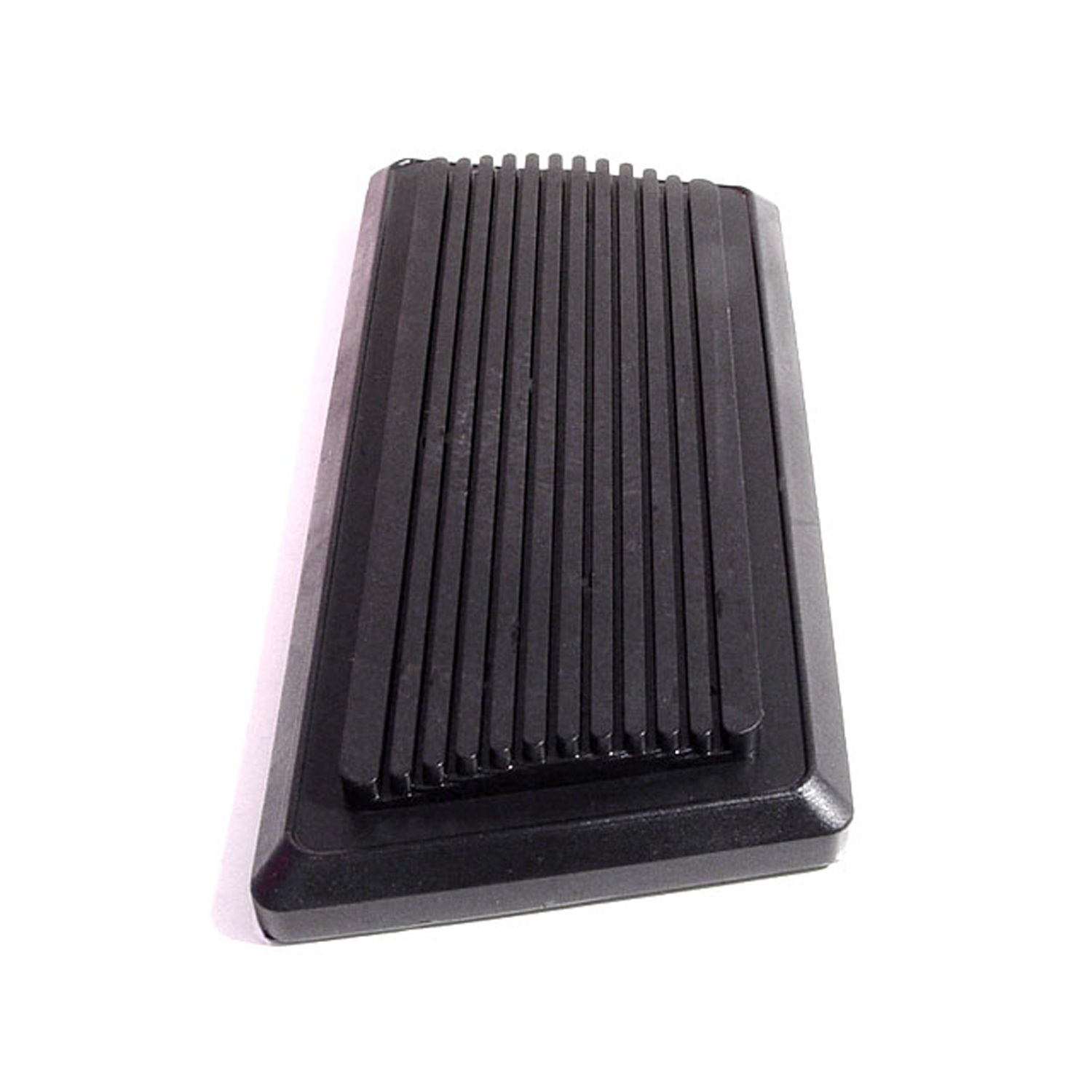 1967 Buick Riviera Auto Brake Pedal Pad. 5-7/8" wide. Each-CB 99-BAuto Brake Pedal Pad. 5-7/8" wide. Each
1967 Buick Riviera Auto Brake Pedal Pad. 5-7/8" wide. Each-CB 99-BAuto Brake Pedal Pad. 5-7/8" wide. Each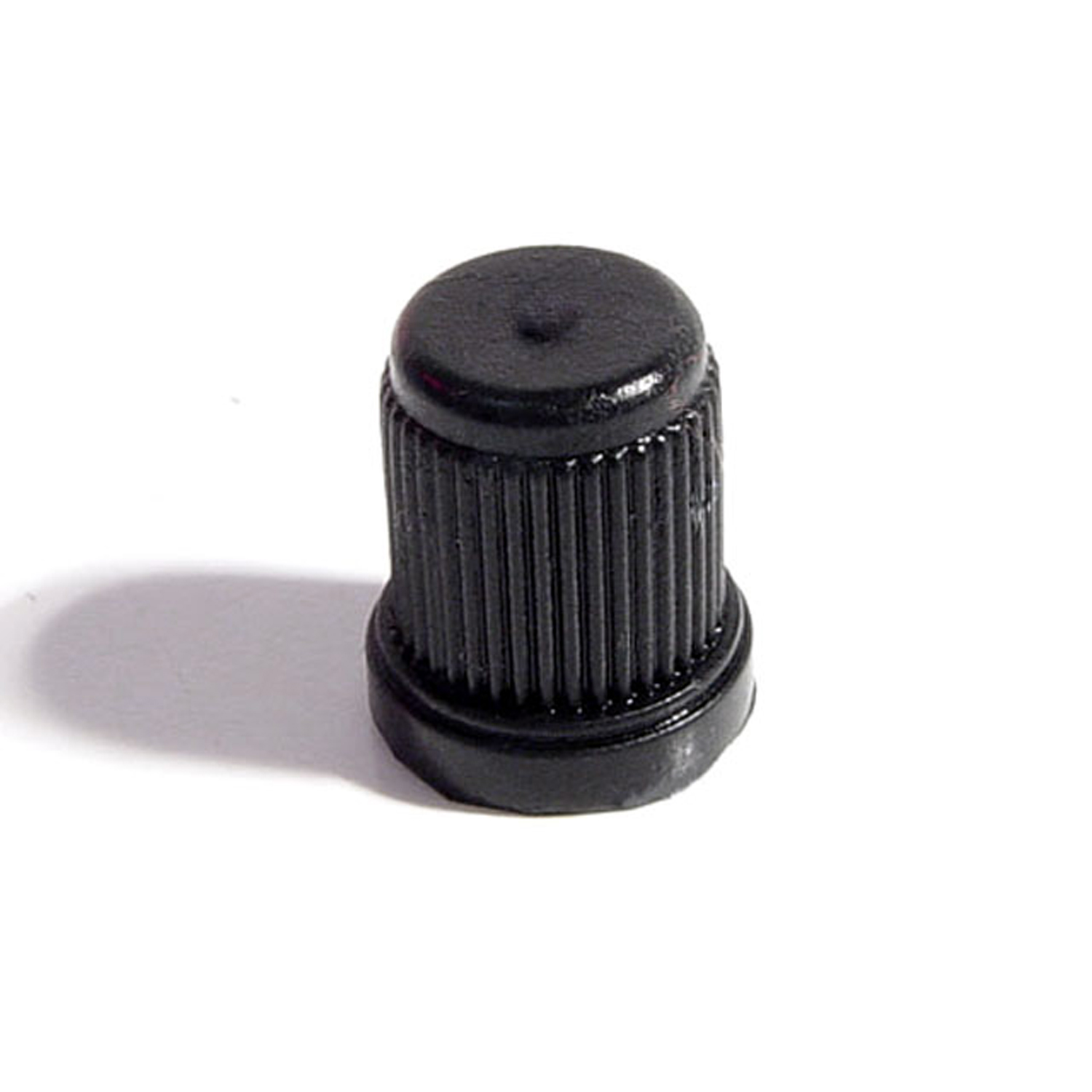 1967 Buick Riviera Trip Meter Reset Knob. Made of black rubber-KN 10Trip Meter Reset Knob. Made of black rubber. Compare to measurements: 1/8" I.D., 7/16" O.D. X 1/2" tall. Each
1967 Buick Riviera Trip Meter Reset Knob. Made of black rubber-KN 10Trip Meter Reset Knob. Made of black rubber. Compare to measurements: 1/8" I.D., 7/16" O.D. X 1/2" tall. Each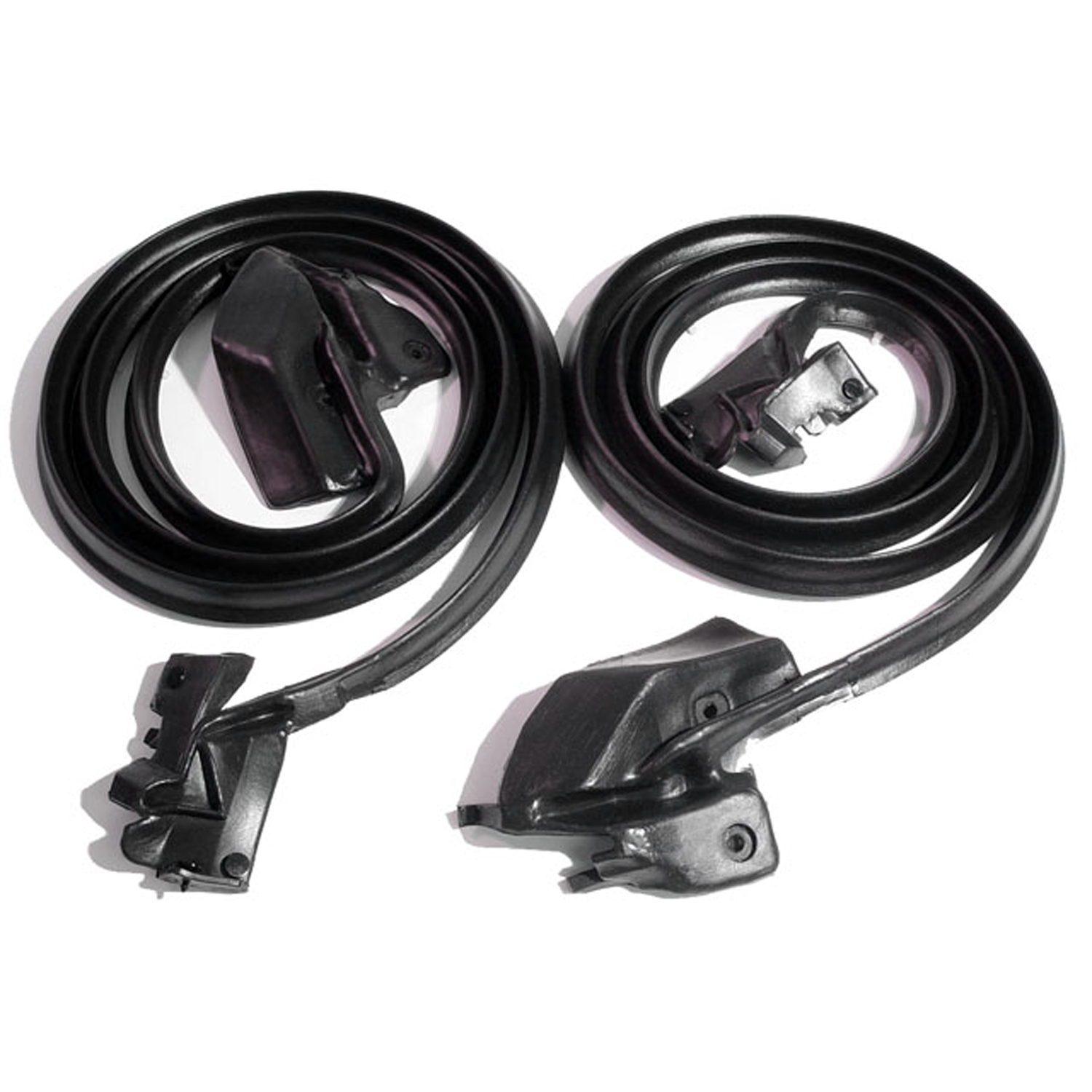 1967 Buick Riviera Door Seals with Molded Ends-LM 12-FDoor Seals with Molded Ends. For 2-Door Hardtops and Convertibles. Replaces OEM #7779558/9. Pair
1967 Buick Riviera Door Seals with Molded Ends-LM 12-FDoor Seals with Molded Ends. For 2-Door Hardtops and Convertibles. Replaces OEM #7779558/9. Pair 1967 Buick Riviera Trunk Liner. Loose weave-M 23Trunk Liner. Loose weave. Black with scattered white threads. 54" wide. Sold by the foot
1967 Buick Riviera Trunk Liner. Loose weave-M 23Trunk Liner. Loose weave. Black with scattered white threads. 54" wide. Sold by the foot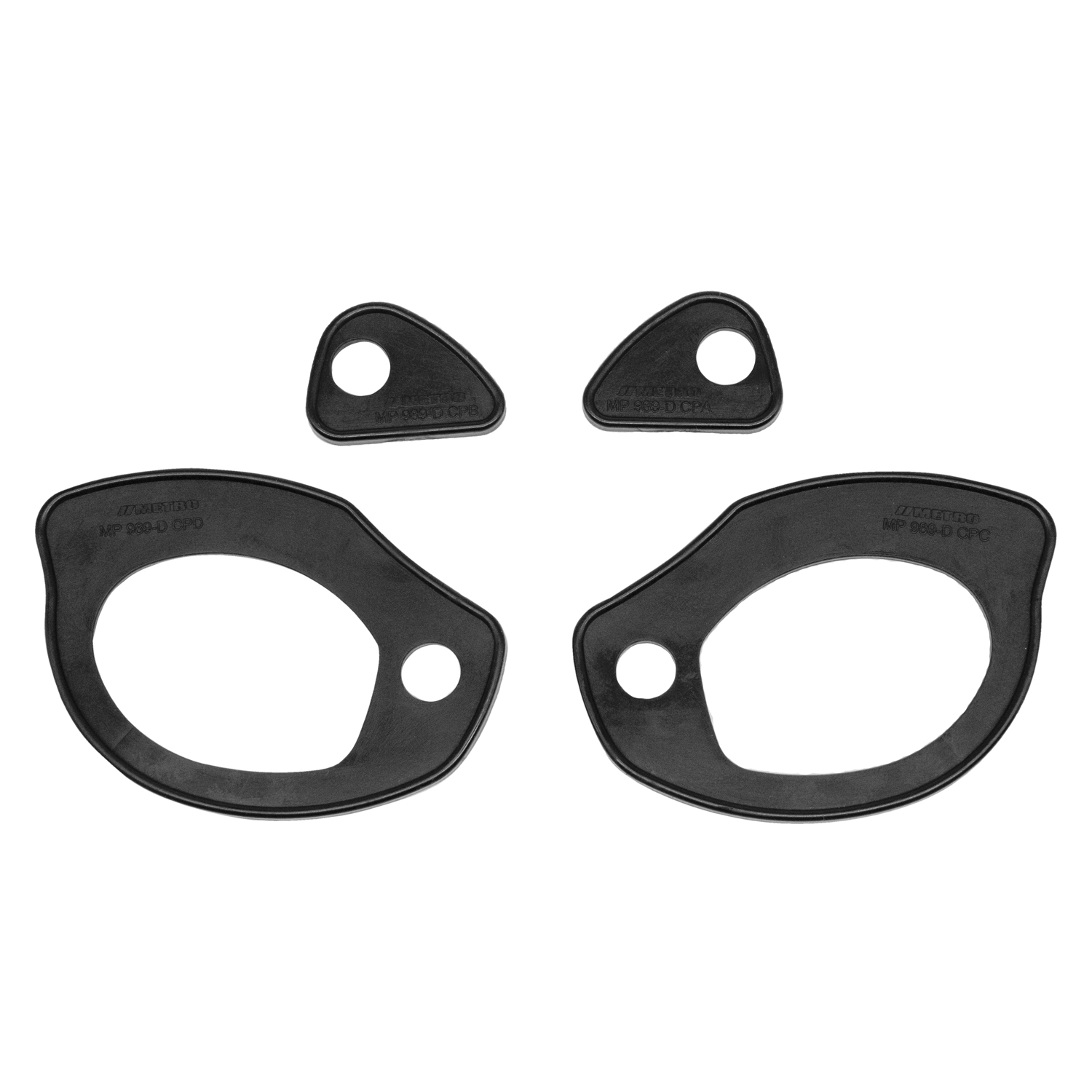 1967 Buick Riviera Door Handle Pads. 2-5/8" long & 1-1/8" long. Set R&L-MP 989-DDoor Handle Pads. 2-5/8" long & 1-1/8" long. Set R&L
1967 Buick Riviera Door Handle Pads. 2-5/8" long & 1-1/8" long. Set R&L-MP 989-DDoor Handle Pads. 2-5/8" long & 1-1/8" long. Set R&L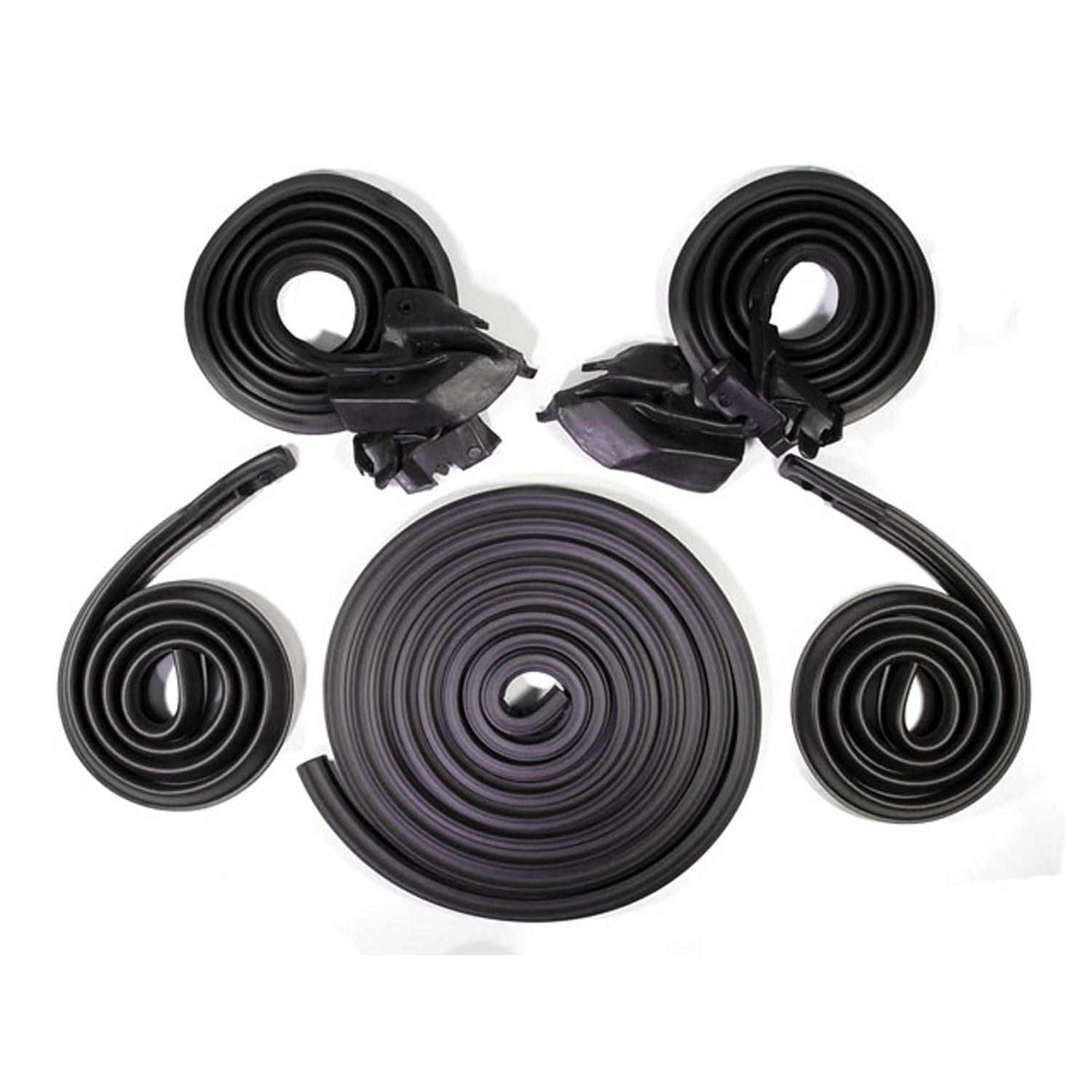 1967 Buick Riviera Basic Kit, for 2-Door Hardtop-RKB 1707-102Basic Kit, for 2-Door Hardtop. Door (LM 12-F) Roof Rail (RR 5009) Trunk (TK 46-18), Seals.
1967 Buick Riviera Basic Kit, for 2-Door Hardtop-RKB 1707-102Basic Kit, for 2-Door Hardtop. Door (LM 12-F) Roof Rail (RR 5009) Trunk (TK 46-18), Seals.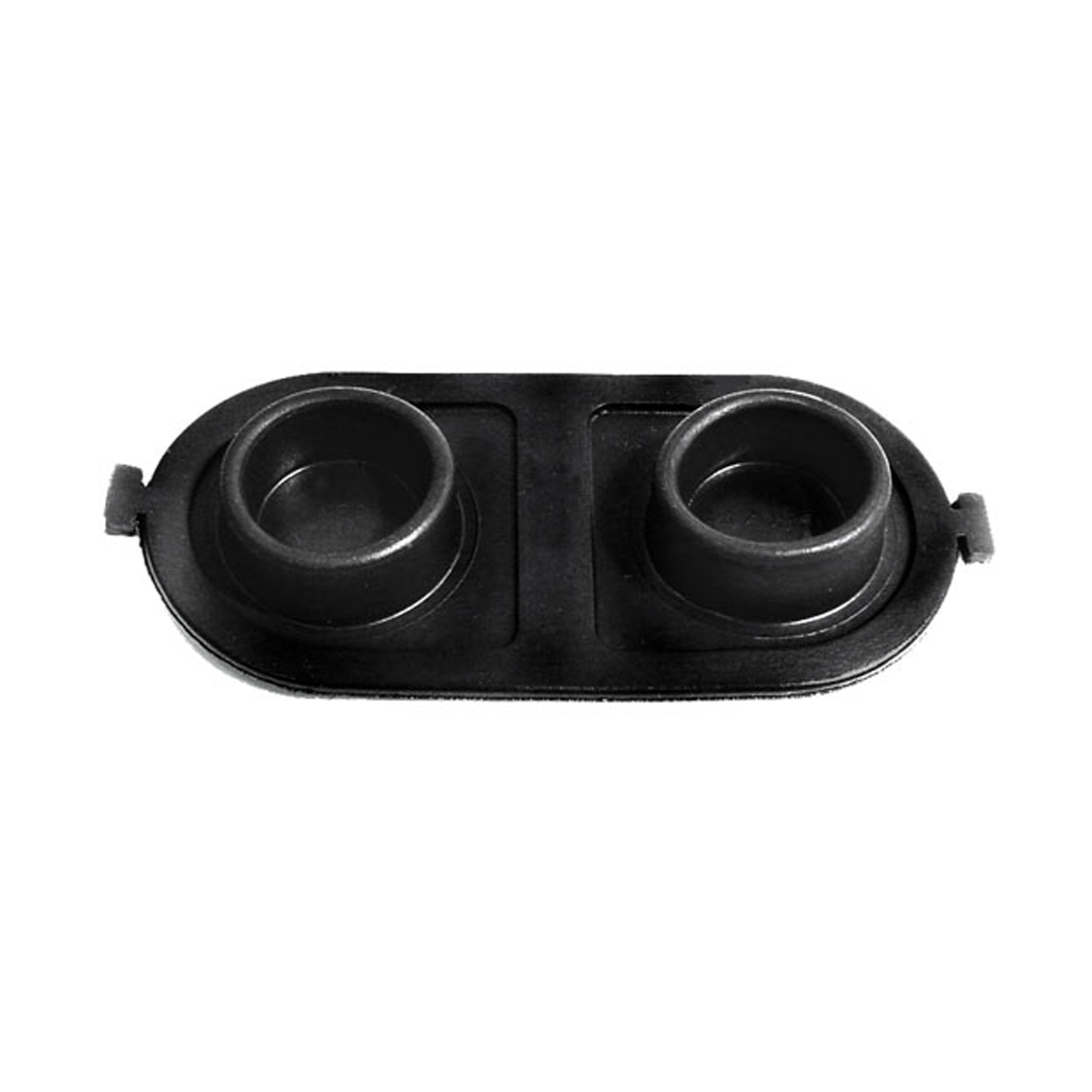 1967 Buick Riviera Brake Master Cylinder Cover Seal. Replaces OEM #5470861-RP 2-EBrake Master Cylinder Cover Seal. Replaces OEM #5470861. 5" X 2-1/2". Each
1967 Buick Riviera Brake Master Cylinder Cover Seal. Replaces OEM #5470861-RP 2-EBrake Master Cylinder Cover Seal. Replaces OEM #5470861. 5" X 2-1/2". Each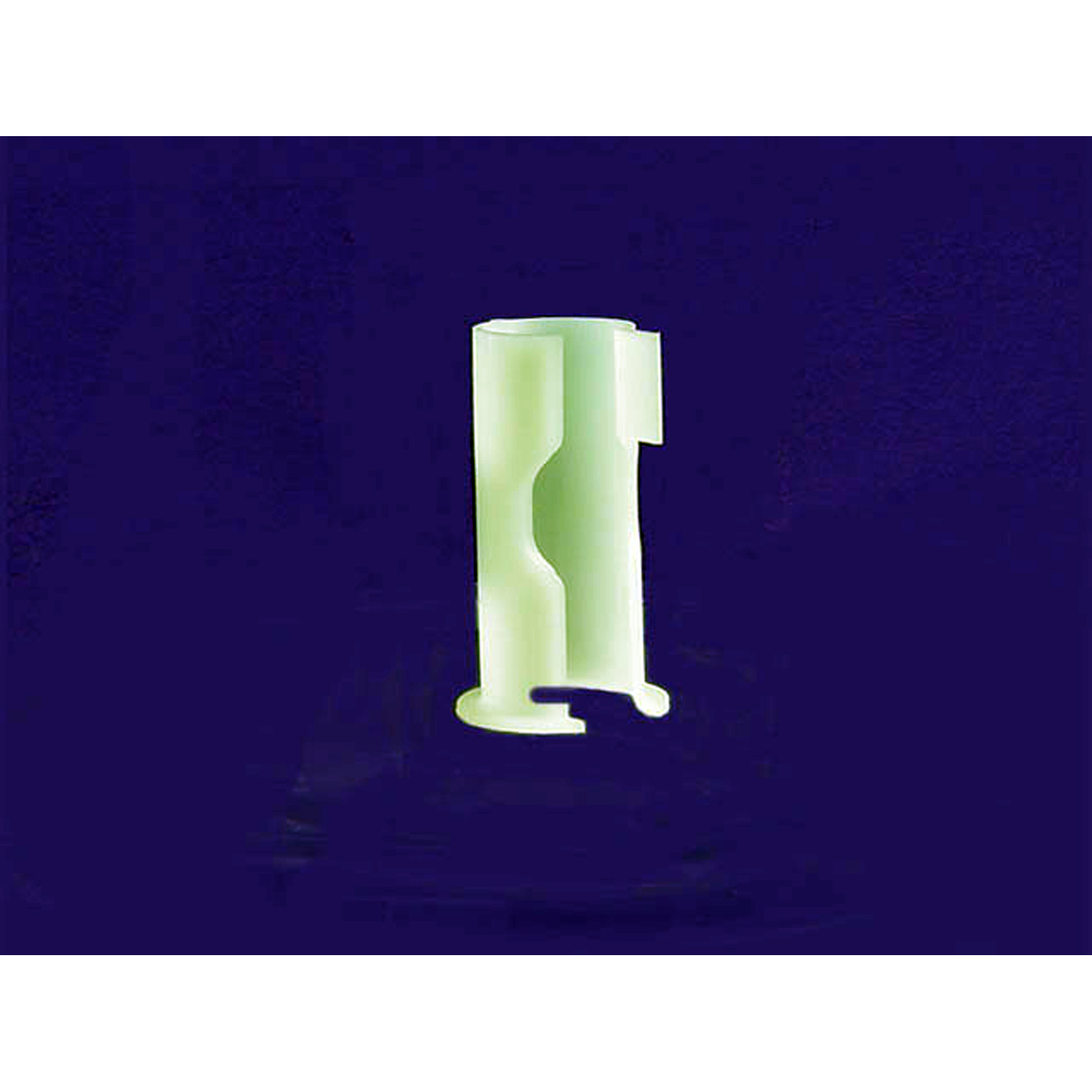 1967 Buick Riviera Sun Visor Support Sleeve. Clear plastic. Each-RP 303-ASun Visor Support Sleeve. Clear plastic. Each
1967 Buick Riviera Sun Visor Support Sleeve. Clear plastic. Each-RP 303-ASun Visor Support Sleeve. Clear plastic. Each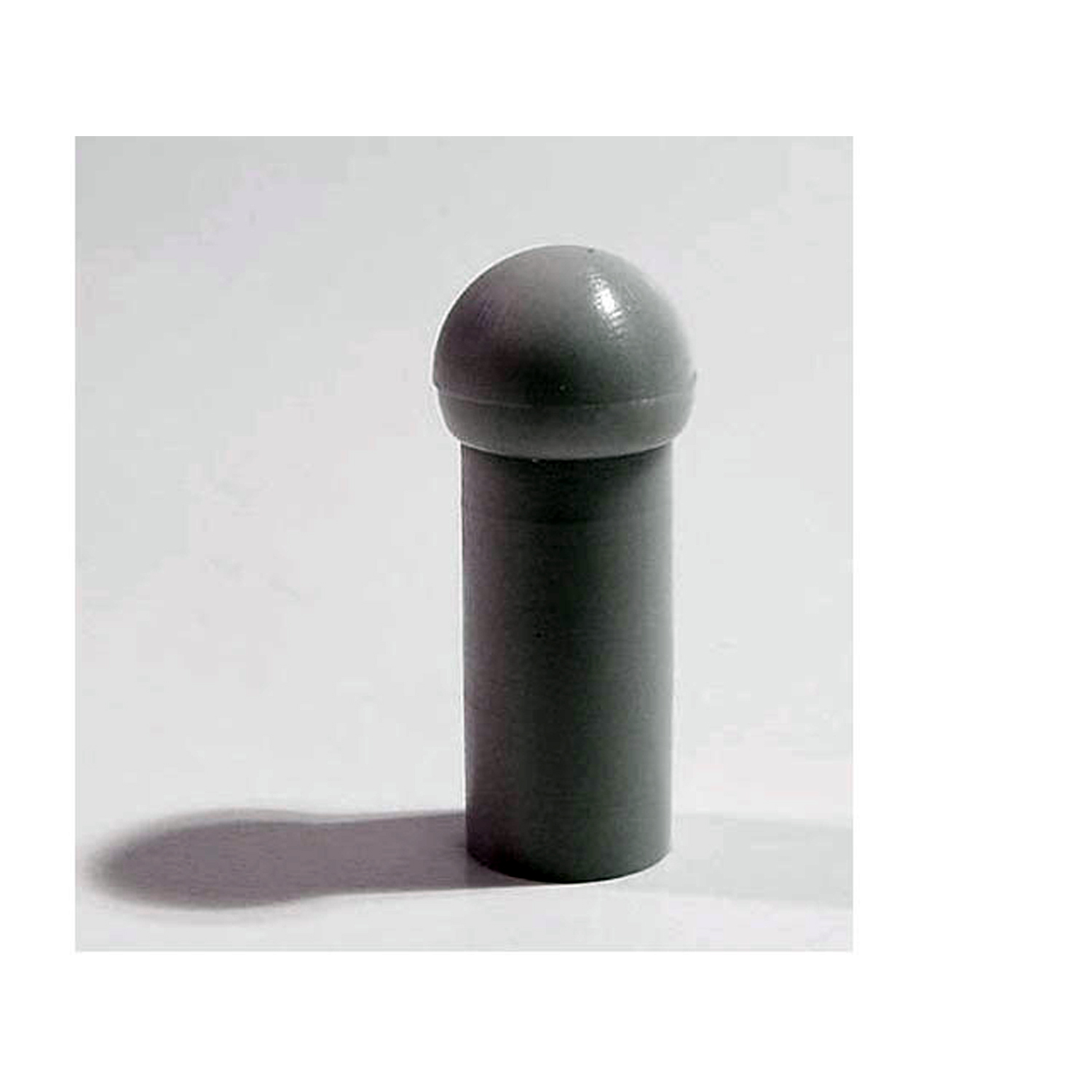 1967 Buick Riviera Sun Visor Rod Rubber Grommet. 3/4" long. Gray. Each-RP 303-CSun Visor Rod Rubber Grommet. 3/4" long. Gray. Each
1967 Buick Riviera Sun Visor Rod Rubber Grommet. 3/4" long. Gray. Each-RP 303-CSun Visor Rod Rubber Grommet. 3/4" long. Gray. Each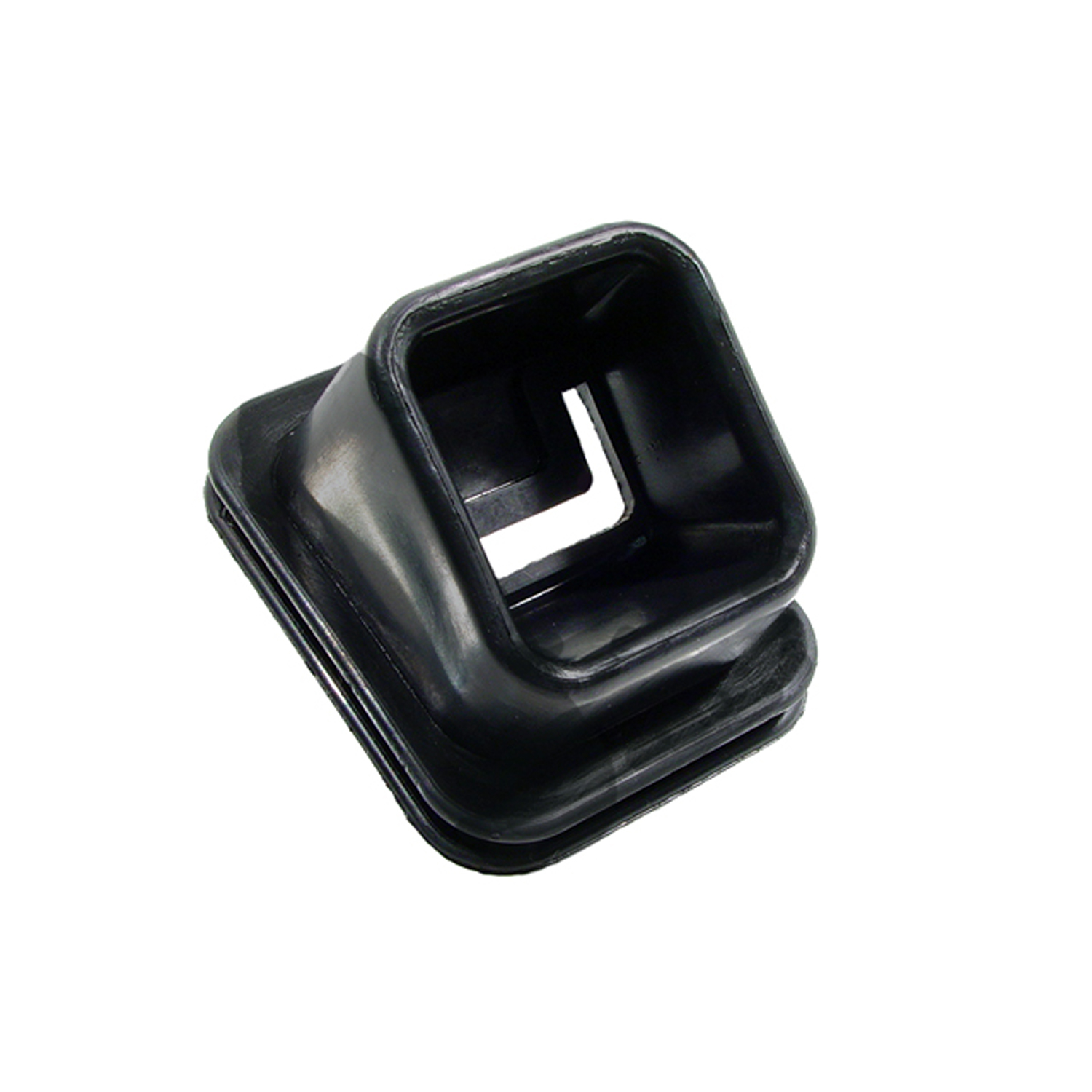 1967 Buick Riviera Clutch Arm Fork Boot. Fits on bell housing to keep dirt out-RP 31-DClutch Arm Fork Boot. Fits on bell housing to keep dirt out. Each
1967 Buick Riviera Clutch Arm Fork Boot. Fits on bell housing to keep dirt out-RP 31-DClutch Arm Fork Boot. Fits on bell housing to keep dirt out. Each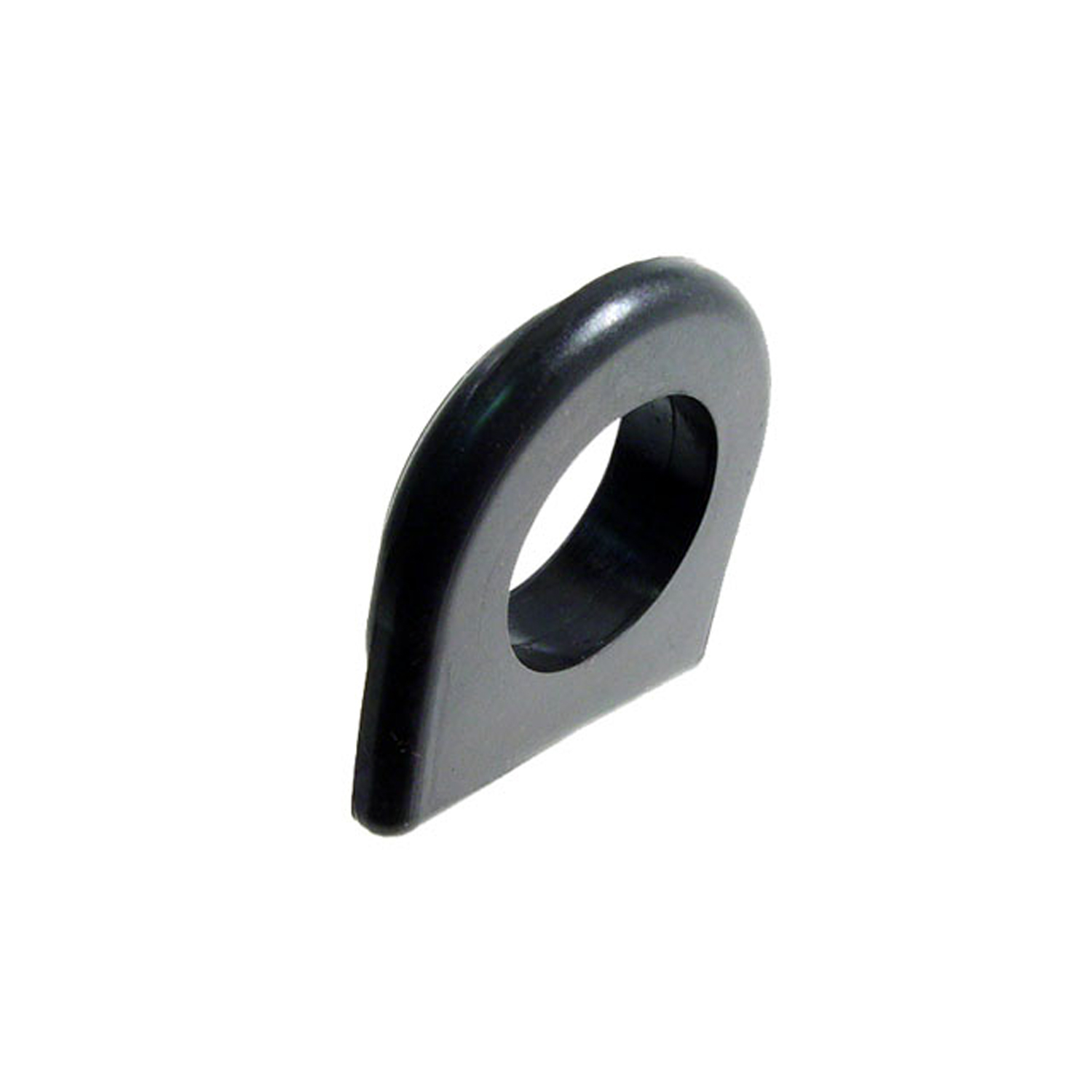 1967 Buick Riviera Positive Crankcase Ventilation Grommet-RP 9Positive Crankcase Ventilation Grommet. 11/16" wide X 1-5/8" long, with 15/16" I.D. (Fits some models) Each
1967 Buick Riviera Positive Crankcase Ventilation Grommet-RP 9Positive Crankcase Ventilation Grommet. 11/16" wide X 1-5/8" long, with 15/16" I.D. (Fits some models) Each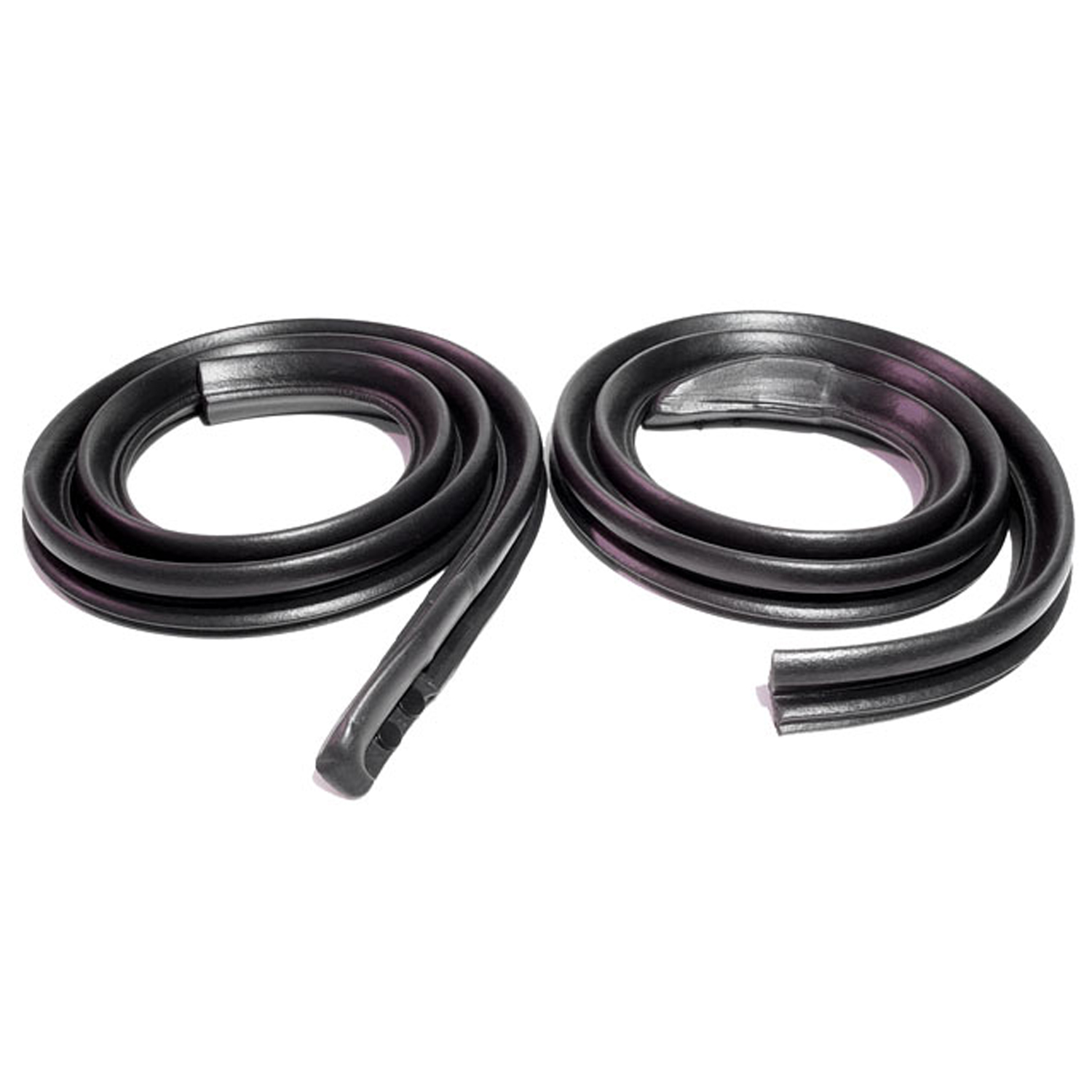 1967 Buick Riviera Molded Roof Rail Seals, for 2-Door Hardtop Only-RR 5009Molded Roof Rail Seals, for 2-Door Hardtop Only. Replaces windshield pillar seal and front top rail sections only. Molded end. 61-1/4" long each side. Connects to hard rubber rear seal covered by headliner. Pair R&L
1967 Buick Riviera Molded Roof Rail Seals, for 2-Door Hardtop Only-RR 5009Molded Roof Rail Seals, for 2-Door Hardtop Only. Replaces windshield pillar seal and front top rail sections only. Molded end. 61-1/4" long each side. Connects to hard rubber rear seal covered by headliner. Pair R&L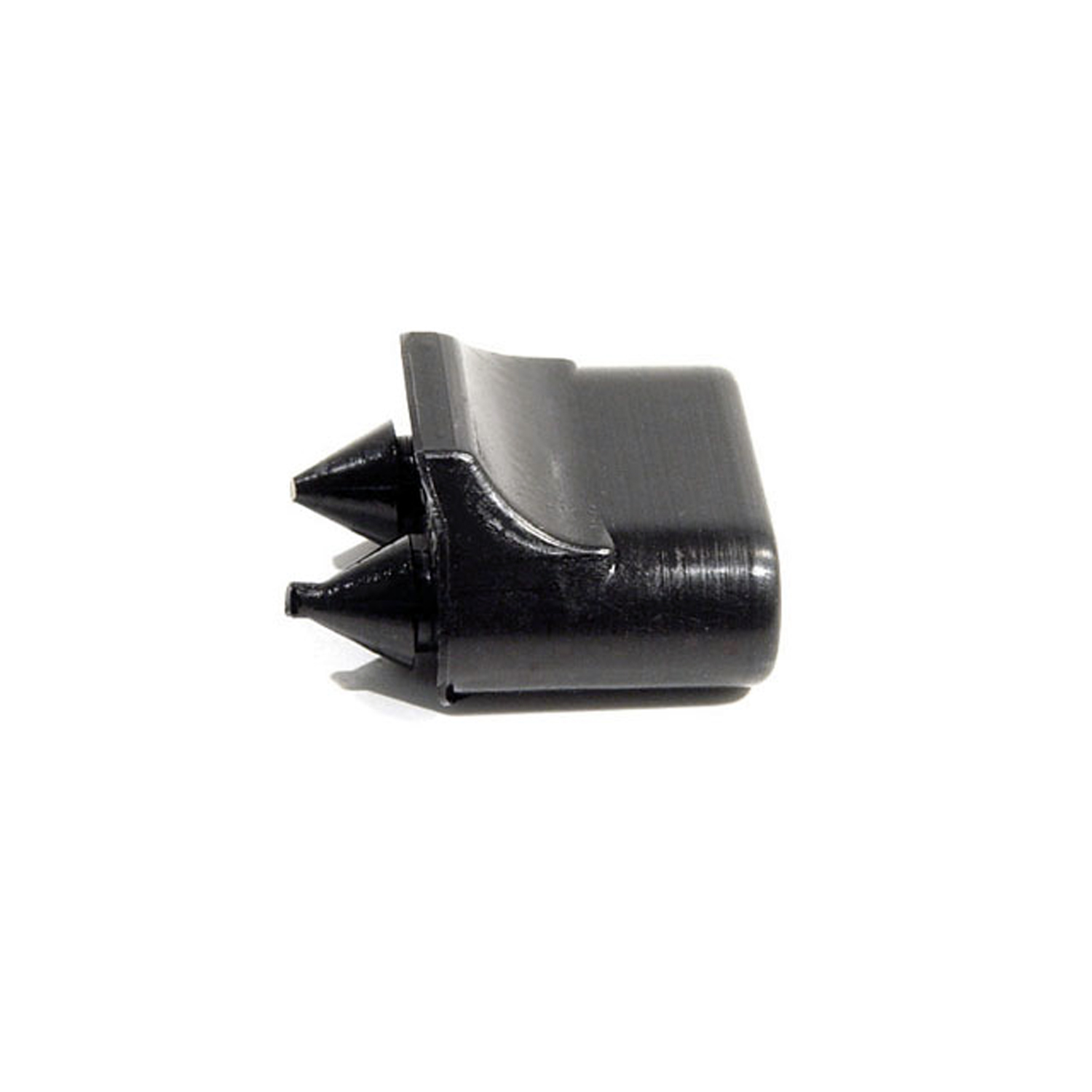 1967 Buick Riviera Door Bumper. Four used per car. Each-SB 32-DDoor Bumper. Four used per car. Each
1967 Buick Riviera Door Bumper. Four used per car. Each-SB 32-DDoor Bumper. Four used per car. Each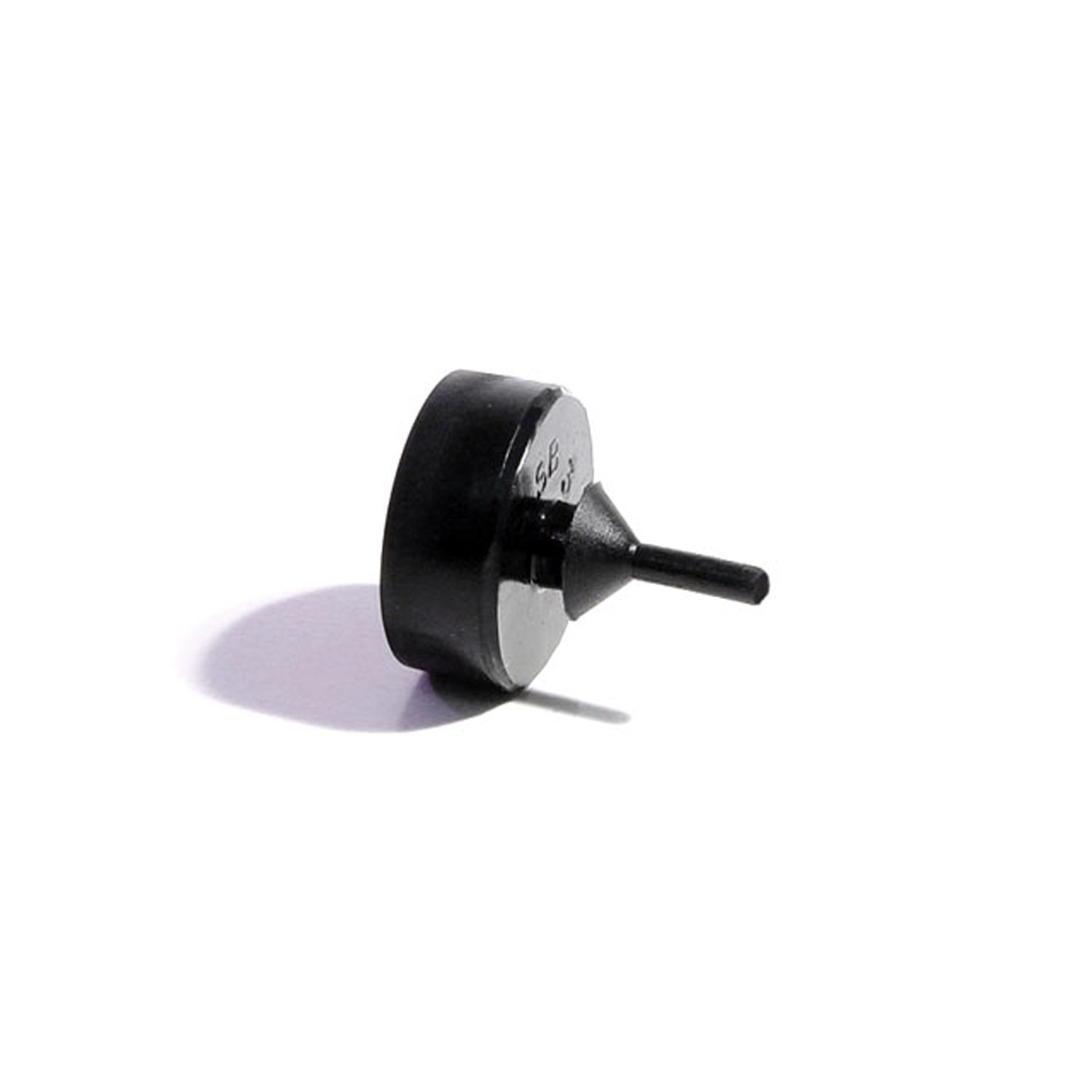 1967 Buick Riviera Trunk Bumper. Fits lower corner on decklid. 15/16" O.D-SB 34Trunk Bumper. Fits lower corner on decklid. 15/16" O.D., 11/16" high. Each
1967 Buick Riviera Trunk Bumper. Fits lower corner on decklid. 15/16" O.D-SB 34Trunk Bumper. Fits lower corner on decklid. 15/16" O.D., 11/16" high. Each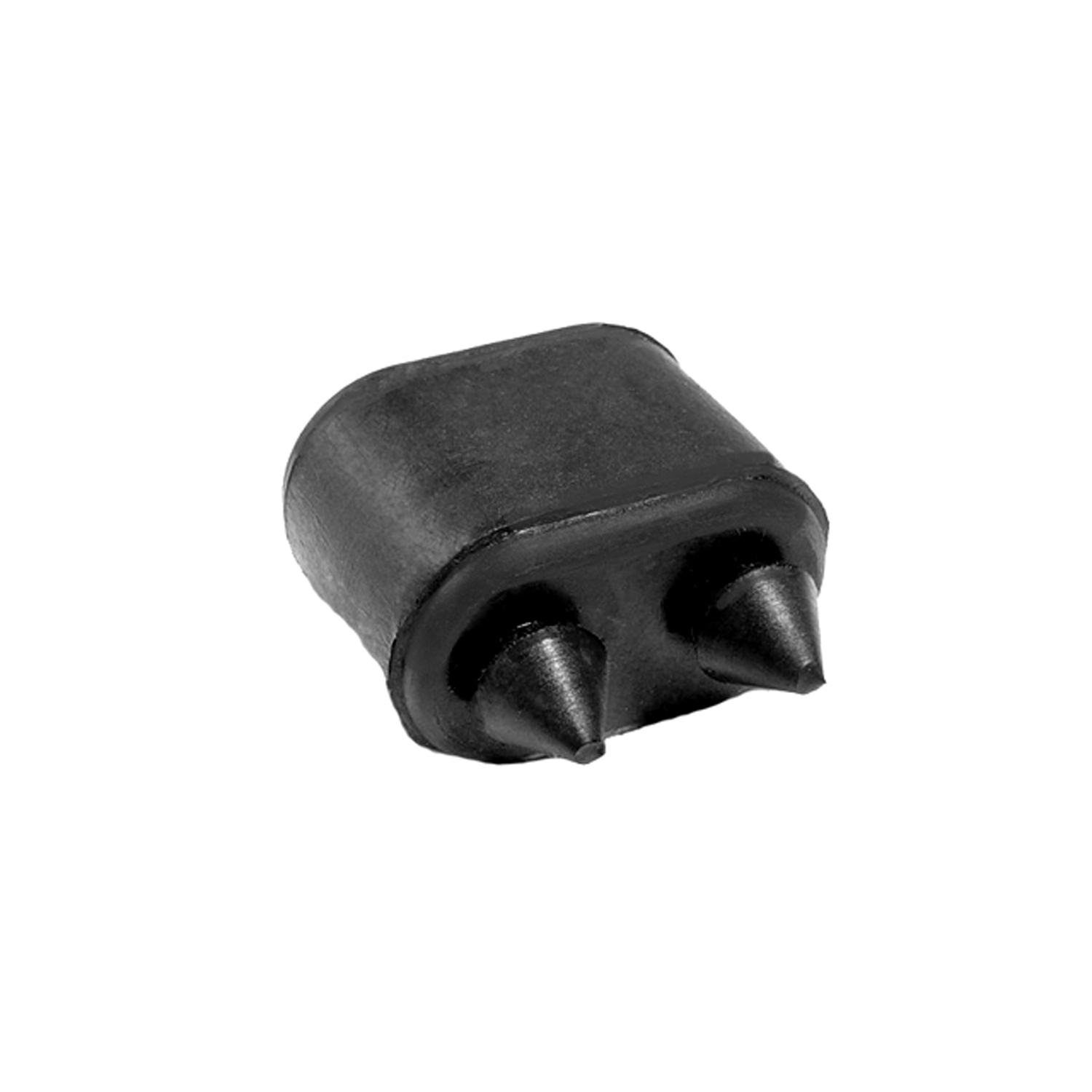 1967 Buick Riviera Door Bumper, 57-74 GM Cars, Made with Twin Retainers, Each-SB 35Door Bumper, 57-74 GM Cars, made with twin retainers, Each. Measure 1-1/16" high X 19/32" wide X 1-1/32" long.
1967 Buick Riviera Door Bumper, 57-74 GM Cars, Made with Twin Retainers, Each-SB 35Door Bumper, 57-74 GM Cars, made with twin retainers, Each. Measure 1-1/16" high X 19/32" wide X 1-1/32" long.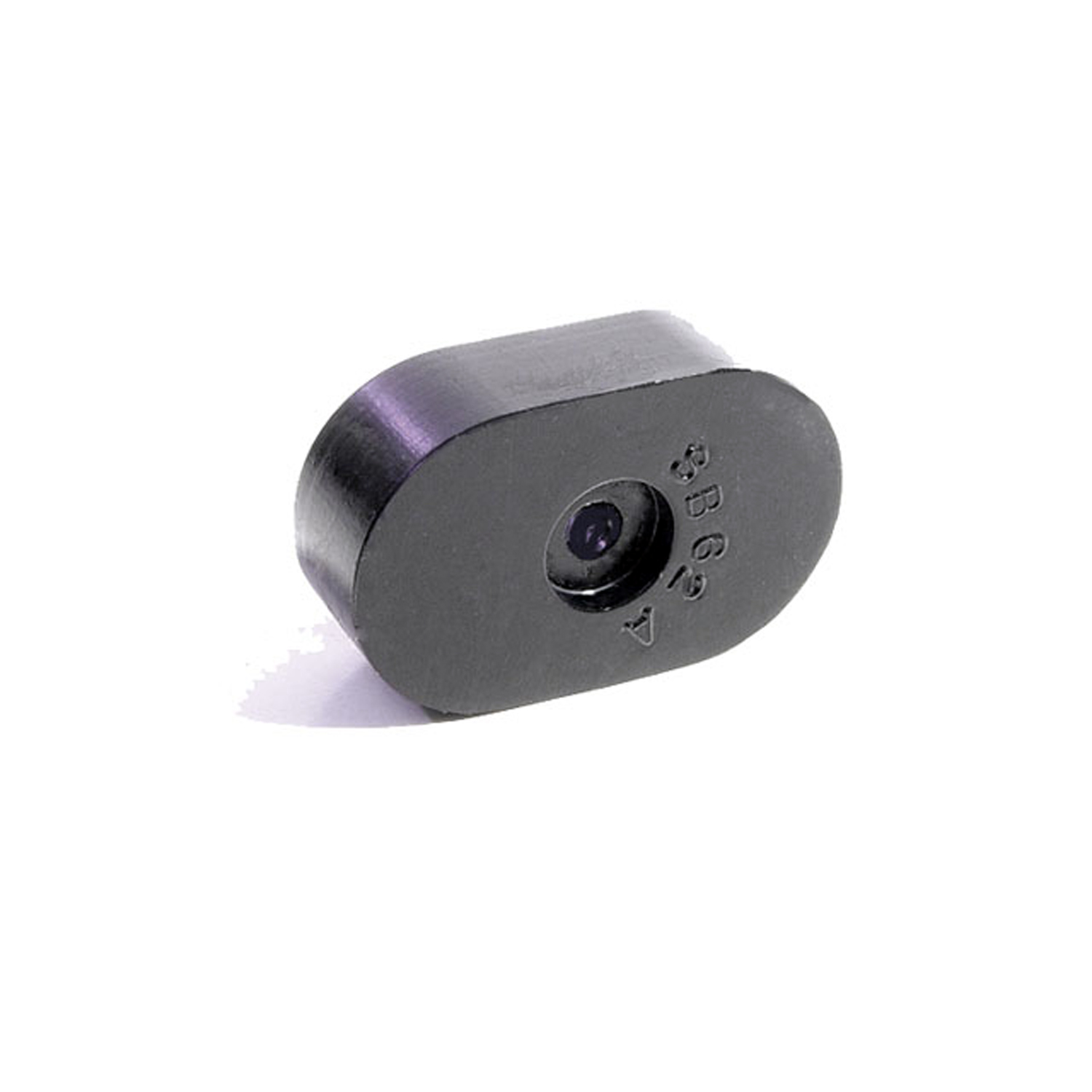 1967 Buick Riviera Seat Bumper. Made with steel core like original-SB 62-ASeat Bumper. Made with steel core like original. 1-1/2" long, 7/16" thick. Two used per car. Each
1967 Buick Riviera Seat Bumper. Made with steel core like original-SB 62-ASeat Bumper. Made with steel core like original. 1-1/2" long, 7/16" thick. Two used per car. Each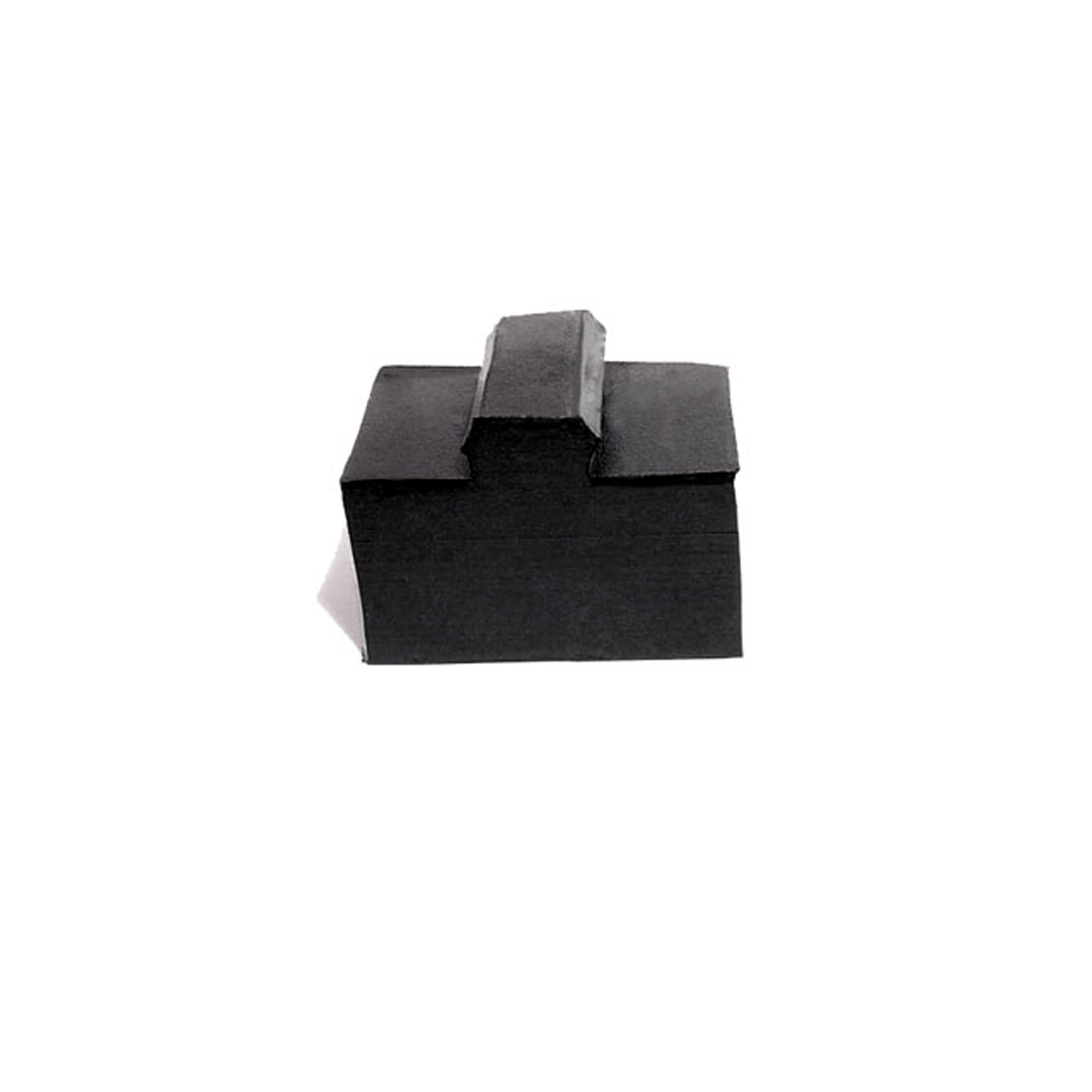 1967 Buick Riviera Clutch Pedal Return Bumper-SB 64Clutch Pedal Return Bumper. 1-13/16" long X 13/16" wide X 7/8" high (center). Each
1967 Buick Riviera Clutch Pedal Return Bumper-SB 64Clutch Pedal Return Bumper. 1-13/16" long X 13/16" wide X 7/8" high (center). Each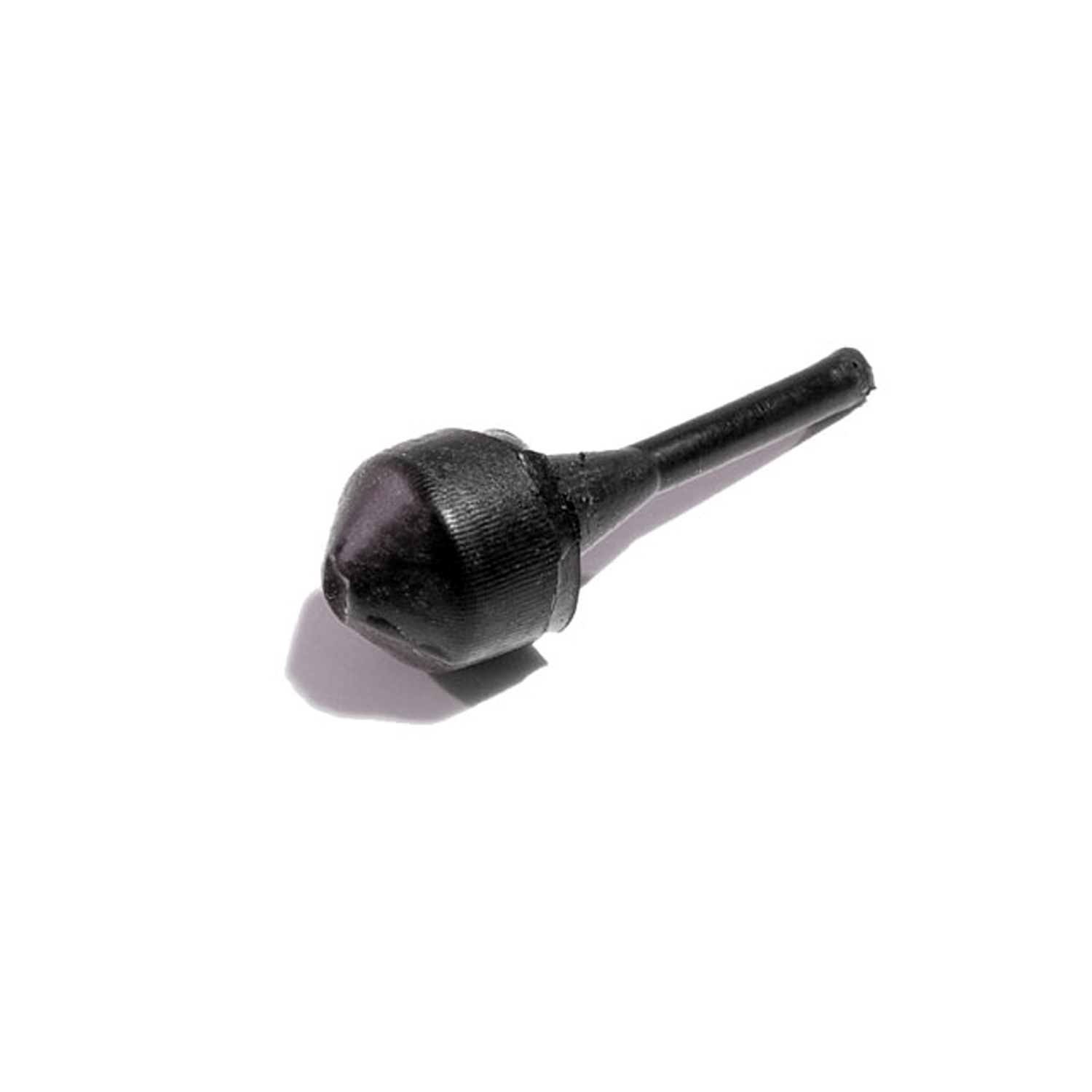 1967 Buick Riviera Glove Box and Fuel Door Bumper. Fits 3/16" hole. Each-SB 78Glove Box and Fuel Door Bumper. Fits 3/16" hole. Each
1967 Buick Riviera Glove Box and Fuel Door Bumper. Fits 3/16" hole. Each-SB 78Glove Box and Fuel Door Bumper. Fits 3/16" hole. Each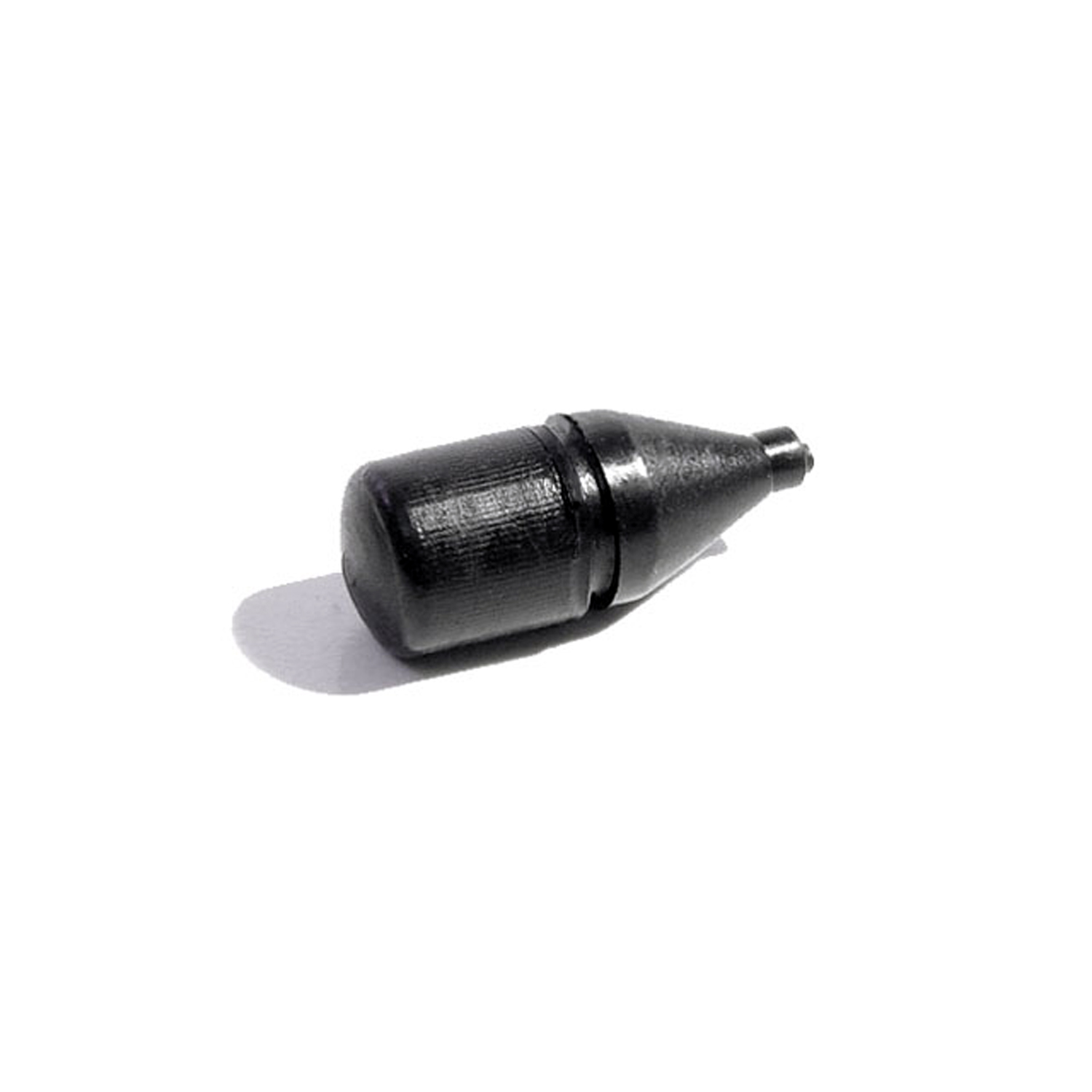 1967 Buick Riviera Fuel Door Bumper. 7/8" high, 5/16" O.D. Each-SB 81Fuel Door Bumper. 7/8" high, 5/16" O.D. Each
1967 Buick Riviera Fuel Door Bumper. 7/8" high, 5/16" O.D. Each-SB 81Fuel Door Bumper. 7/8" high, 5/16" O.D. Each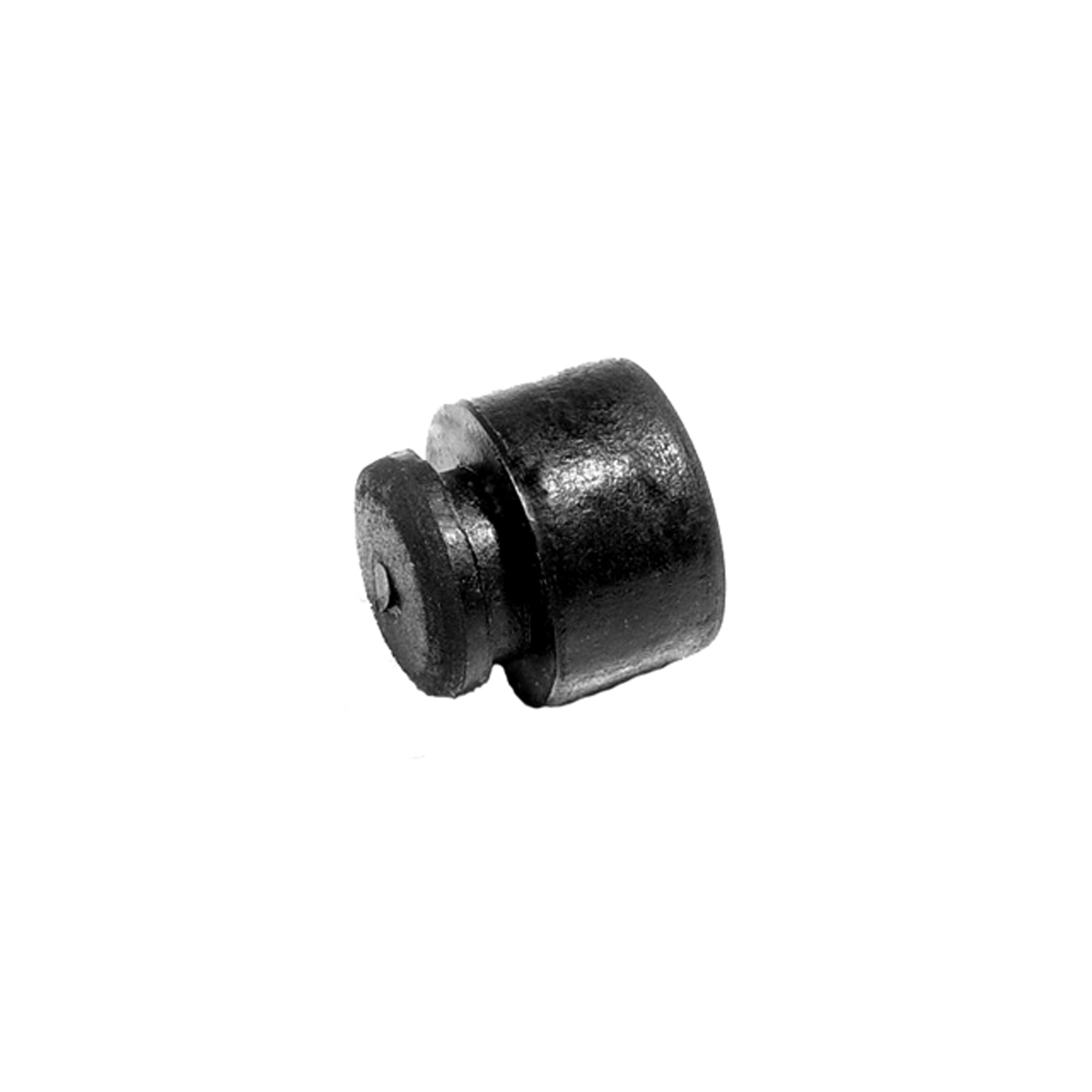 1967 Buick Riviera License Plate Bumper. Fits a 1/4" hole. Each-SB 82License Plate Bumper. Fits a 1/4" hole. Each
1967 Buick Riviera License Plate Bumper. Fits a 1/4" hole. Each-SB 82License Plate Bumper. Fits a 1/4" hole. Each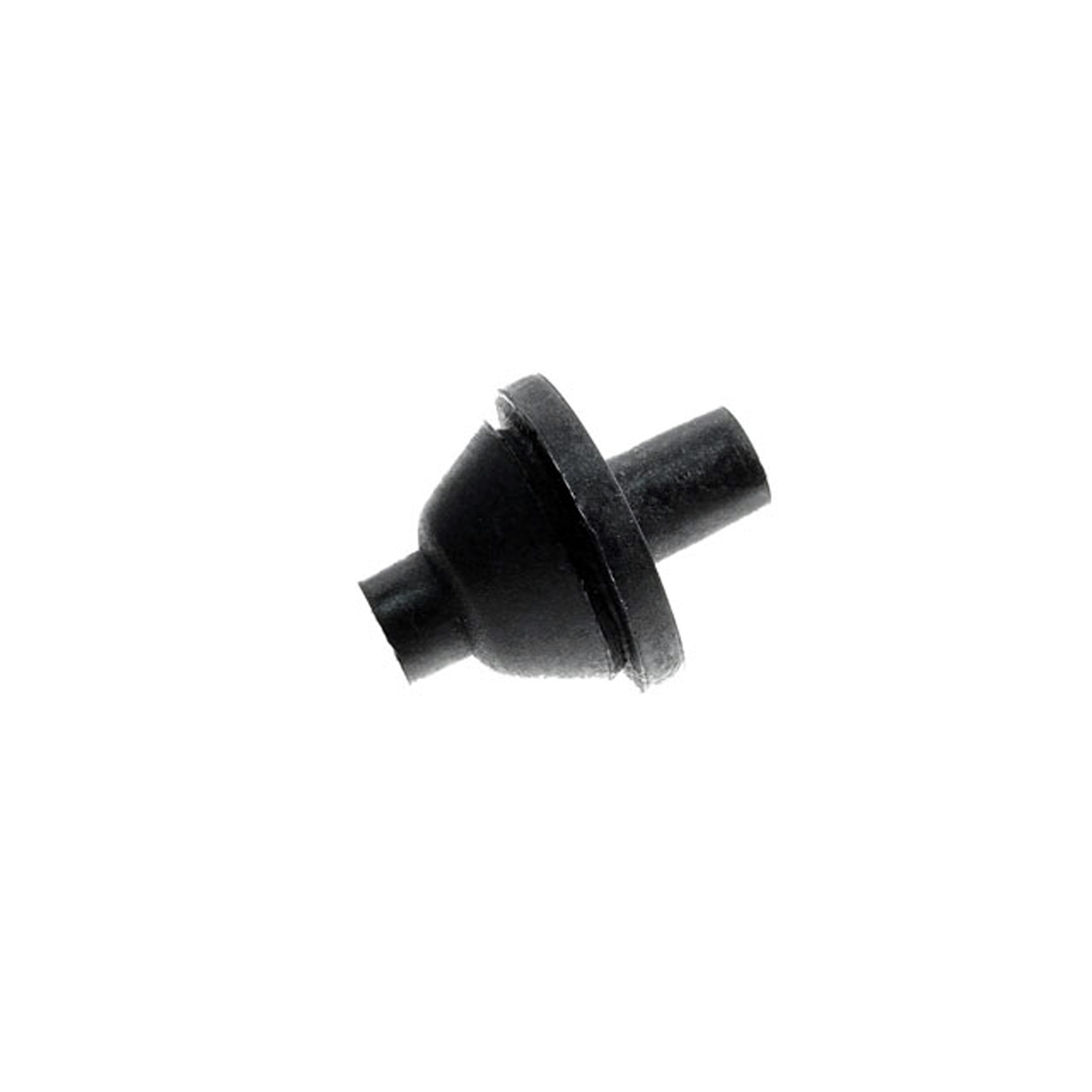 1967 Buick Riviera Dash and Firewall Grommet. Single-hole type is for one wire-SM 101Dash and Firewall Grommet. Single-hole type is for one wire. Each
1967 Buick Riviera Dash and Firewall Grommet. Single-hole type is for one wire-SM 101Dash and Firewall Grommet. Single-hole type is for one wire. Each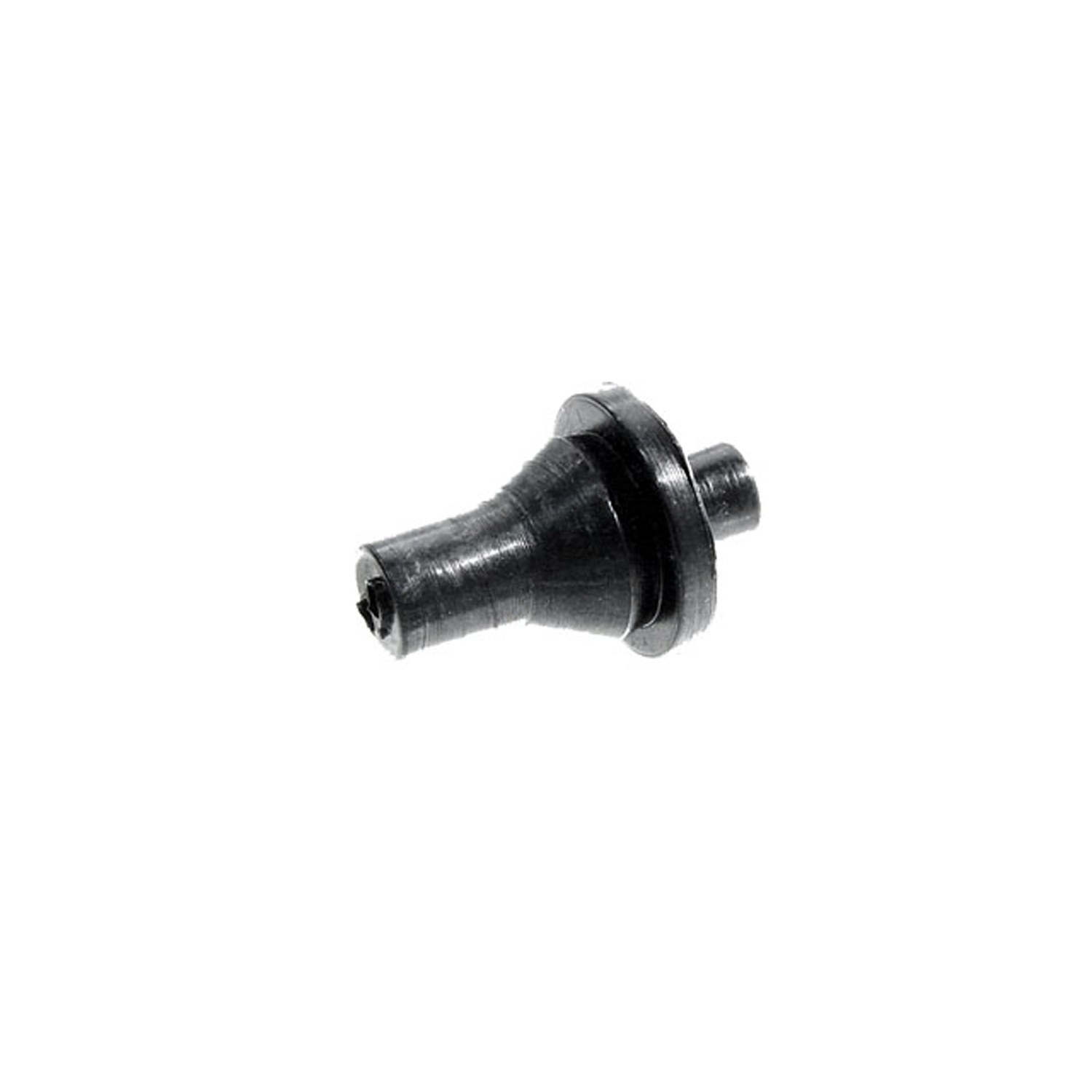 1967 Buick Riviera Dash and Firewall Grommet. Two hole type. Each-SM 101-ADash and Firewall Grommet. Two hole type. Each
1967 Buick Riviera Dash and Firewall Grommet. Two hole type. Each-SM 101-ADash and Firewall Grommet. Two hole type. Each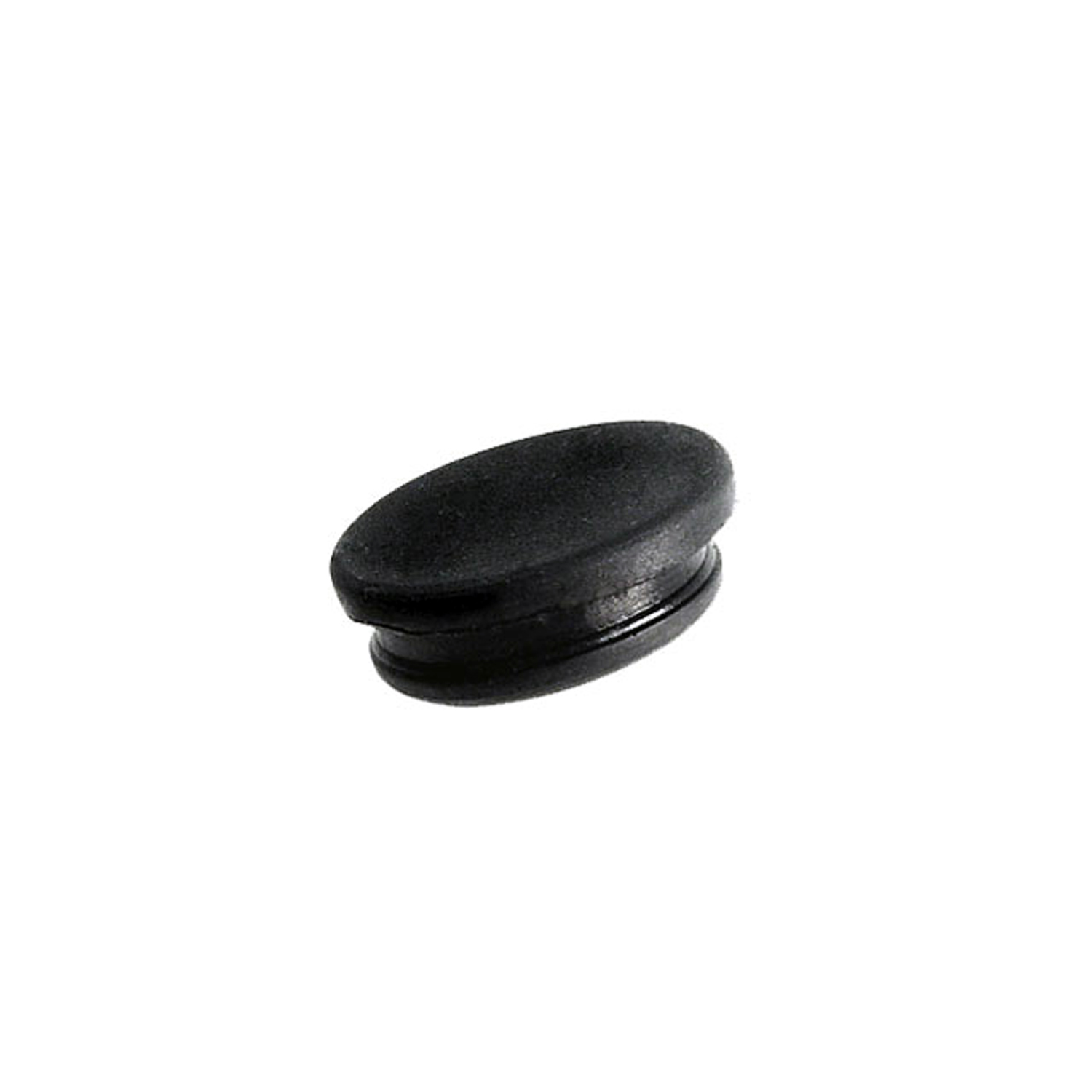 1967 Buick Riviera Rocker Arm Cover. Neoprene plug. Fits 1" hole. Each-SM 66Rocker Arm Cover. Neoprene plug. Fits 1" hole. Each
1967 Buick Riviera Rocker Arm Cover. Neoprene plug. Fits 1" hole. Each-SM 66Rocker Arm Cover. Neoprene plug. Fits 1" hole. Each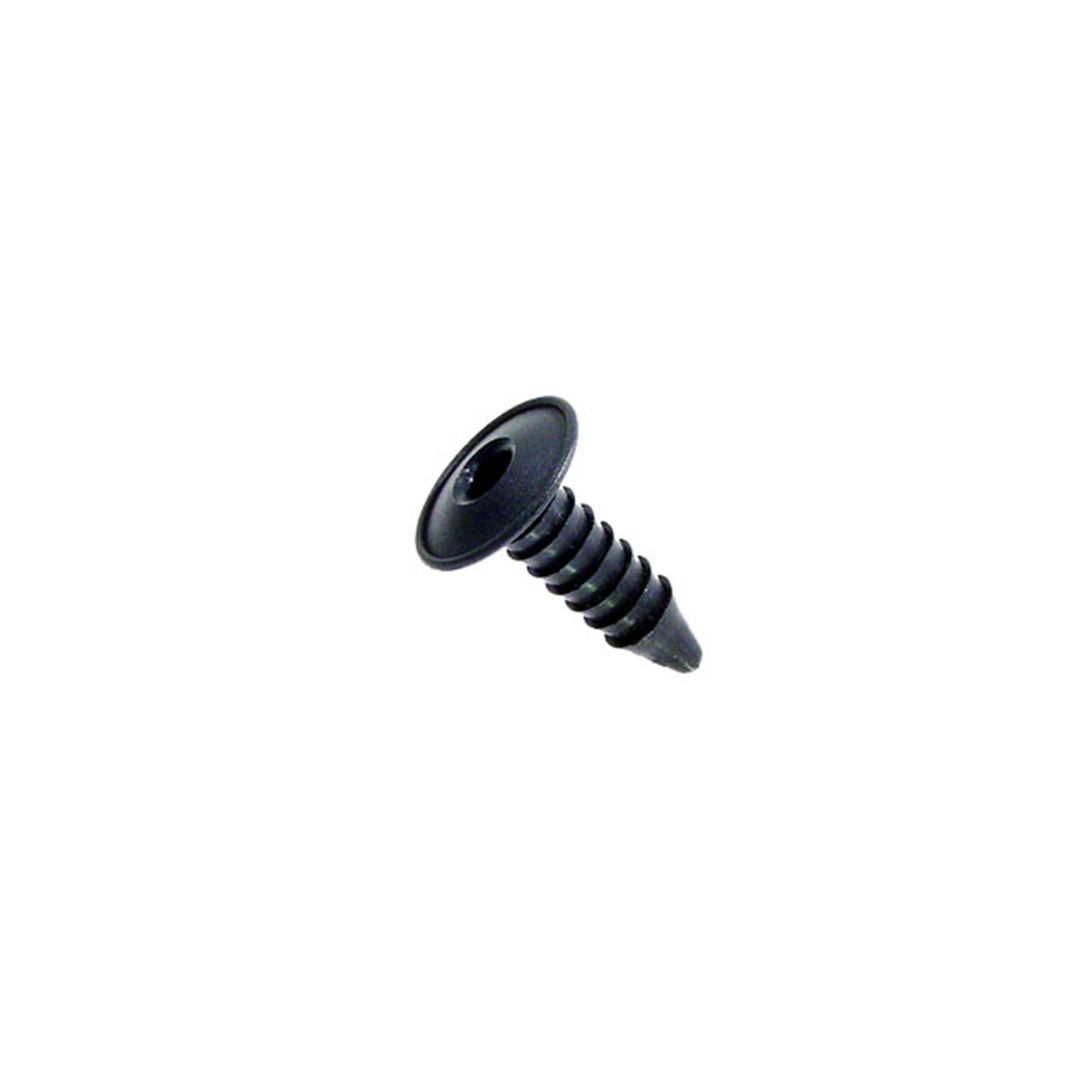 1967 Buick Riviera Firewall insulation fastener. 1 in. dia. W head. 1-1/2 in. L-SM 80-AFirewall insulation fastener. 1 in. dia. W head. 1-1/2 in. L. Replaces OEM#'s (GM) 7642589 and (AMC) 4001934. Black. Each.
1967 Buick Riviera Firewall insulation fastener. 1 in. dia. W head. 1-1/2 in. L-SM 80-AFirewall insulation fastener. 1 in. dia. W head. 1-1/2 in. L. Replaces OEM#'s (GM) 7642589 and (AMC) 4001934. Black. Each.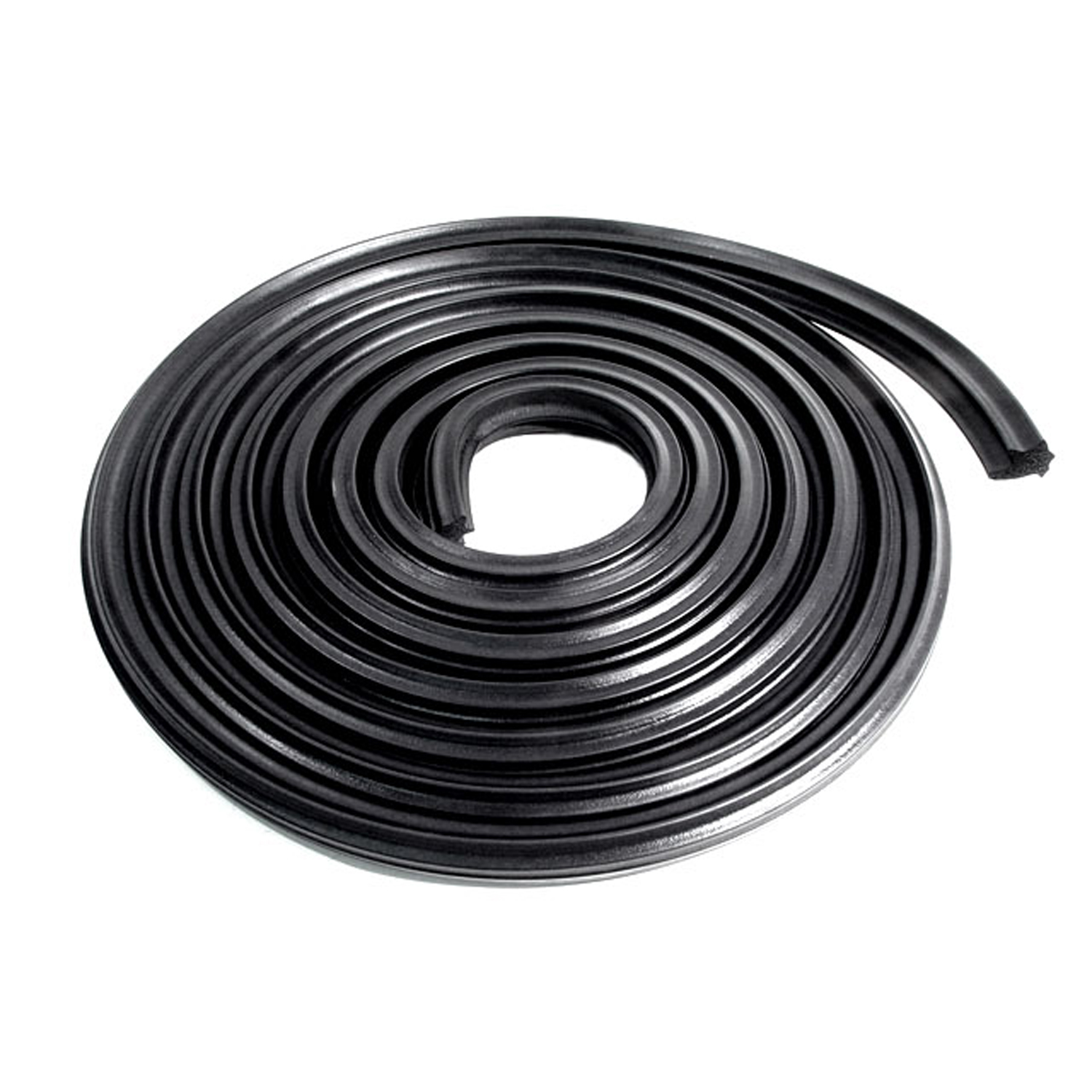 1967 Buick Riviera Trunk Seal. 18 feet long. Each-TK 46-18Trunk Seal. 18 feet long. Each
1967 Buick Riviera Trunk Seal. 18 feet long. Each-TK 46-18Trunk Seal. 18 feet long. Each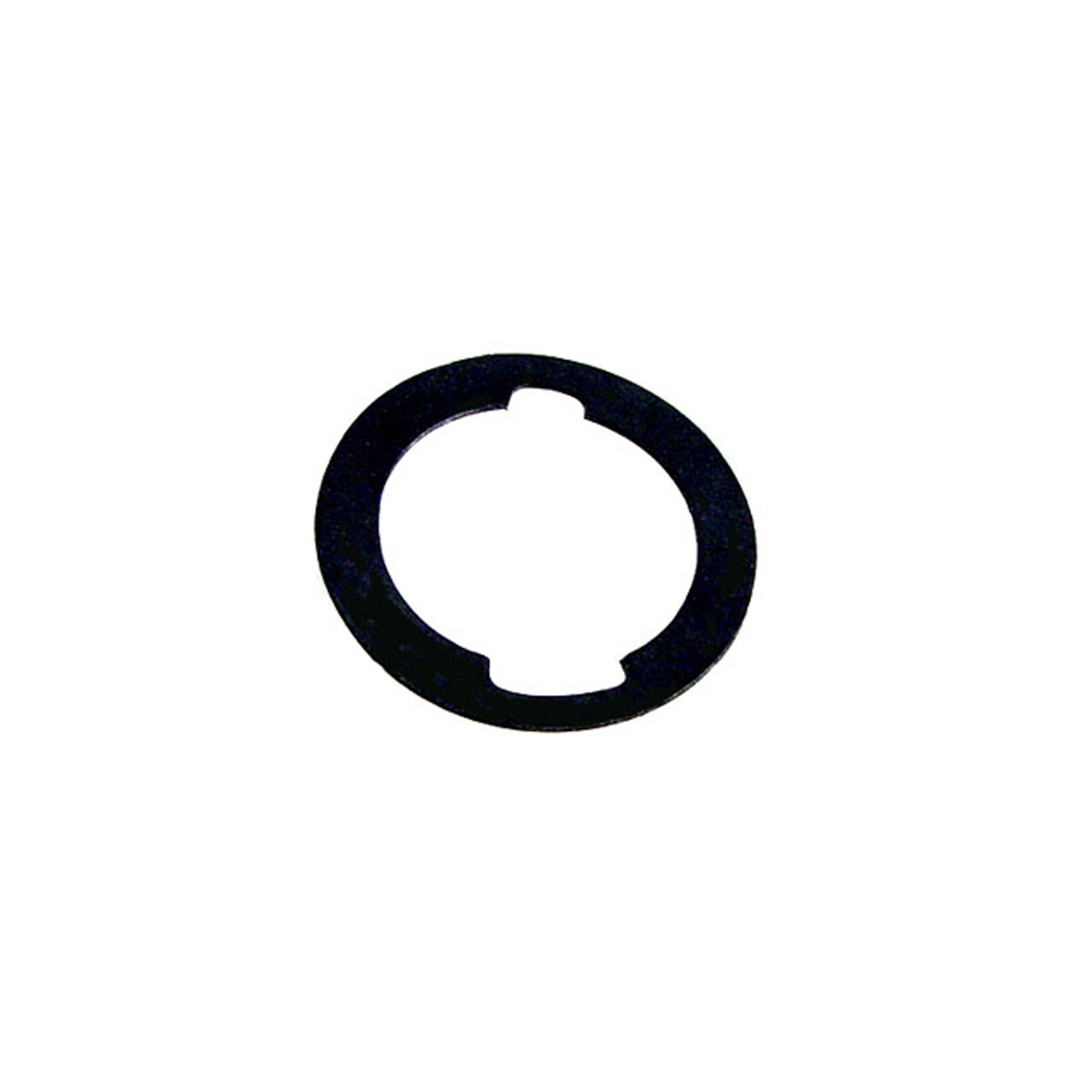 1967 Buick Riviera Unbeaded Door and Trunk Lock Gasket. 1-3/16" O.D., 7/8" I.D-UM 1600-100Unbeaded Door and Trunk Lock Gasket. 1-3/16" O.D., 7/8" I.D. Each
1967 Buick Riviera Unbeaded Door and Trunk Lock Gasket. 1-3/16" O.D., 7/8" I.D-UM 1600-100Unbeaded Door and Trunk Lock Gasket. 1-3/16" O.D., 7/8" I.D. Each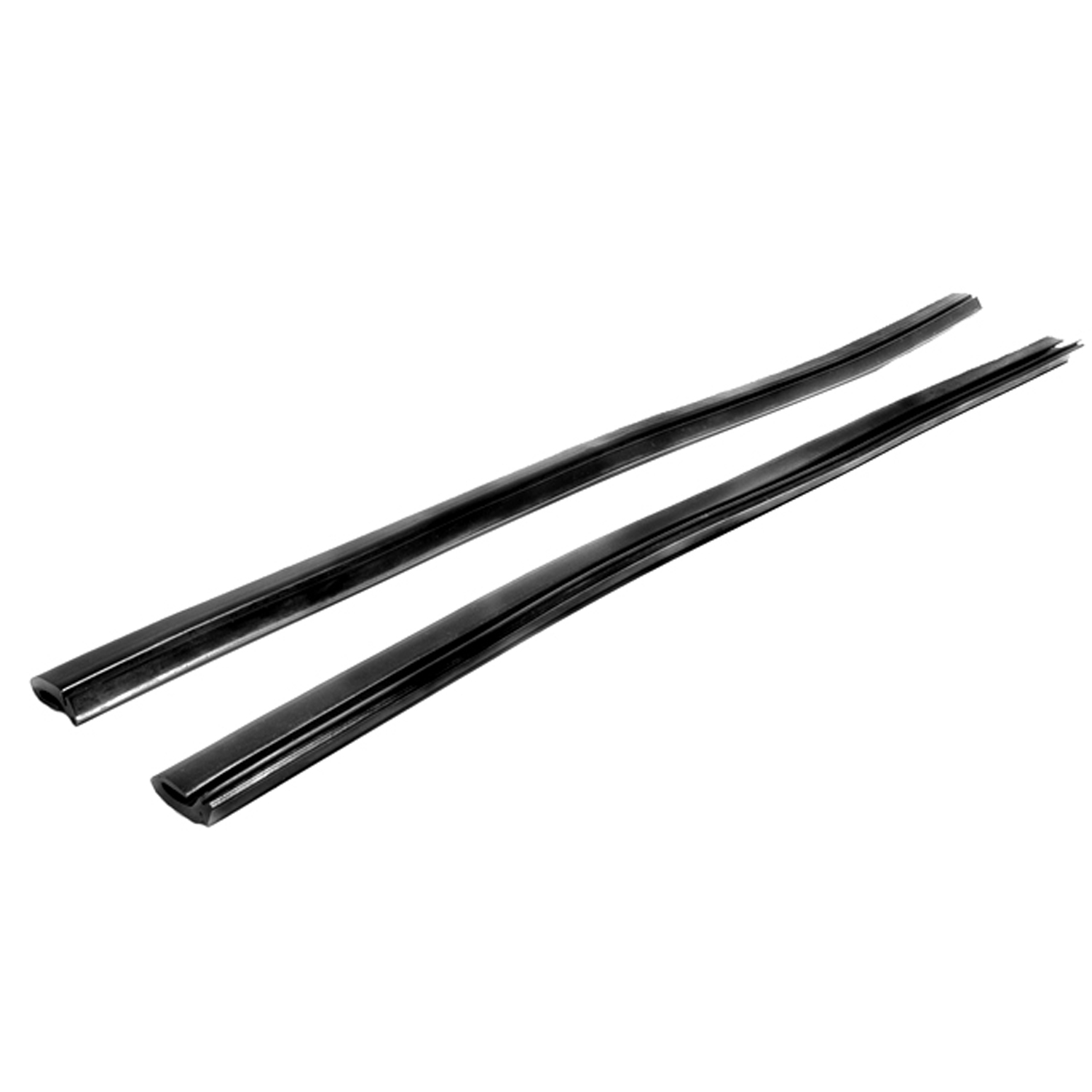 1967 Buick Riviera Rear Side Roll-Up Window Seal, for Hardtops and Convertibles-VS 3Rear Side Roll-Up Window Seal, for Hardtops and Convertibles. Two 20" sections slide into metal track. No steel insert. Pair
1967 Buick Riviera Rear Side Roll-Up Window Seal, for Hardtops and Convertibles-VS 3Rear Side Roll-Up Window Seal, for Hardtops and Convertibles. Two 20" sections slide into metal track. No steel insert. Pair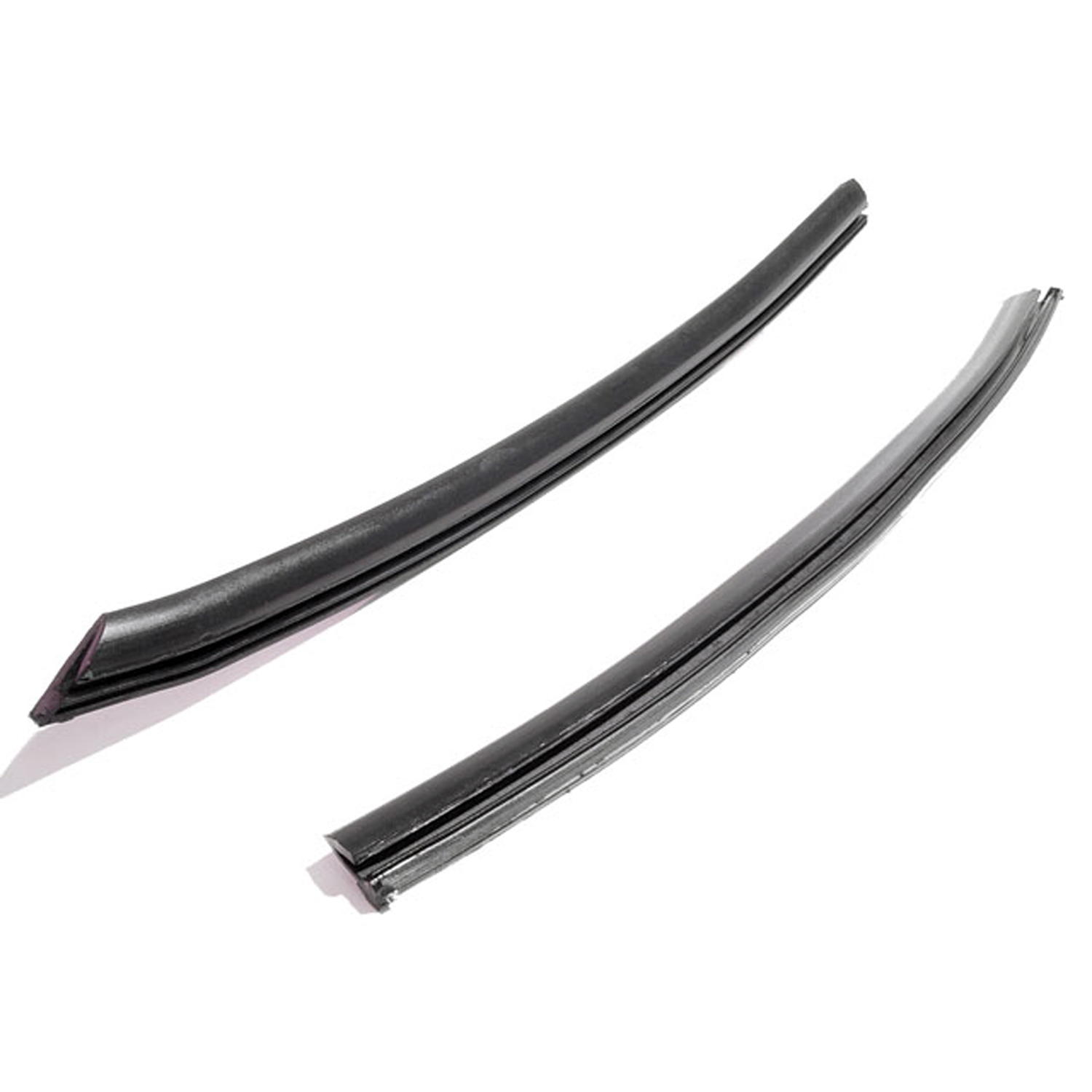 1967 Buick Riviera Rear Roll-Up Vertical Window Seals, for 2-Door Hardtops-VS 3-IRear Roll-Up Vertical Window Seals, for 2-Door Hardtops. Made with steel core. 15-7/8" long. Pair
1967 Buick Riviera Rear Roll-Up Vertical Window Seals, for 2-Door Hardtops-VS 3-IRear Roll-Up Vertical Window Seals, for 2-Door Hardtops. Made with steel core. 15-7/8" long. Pair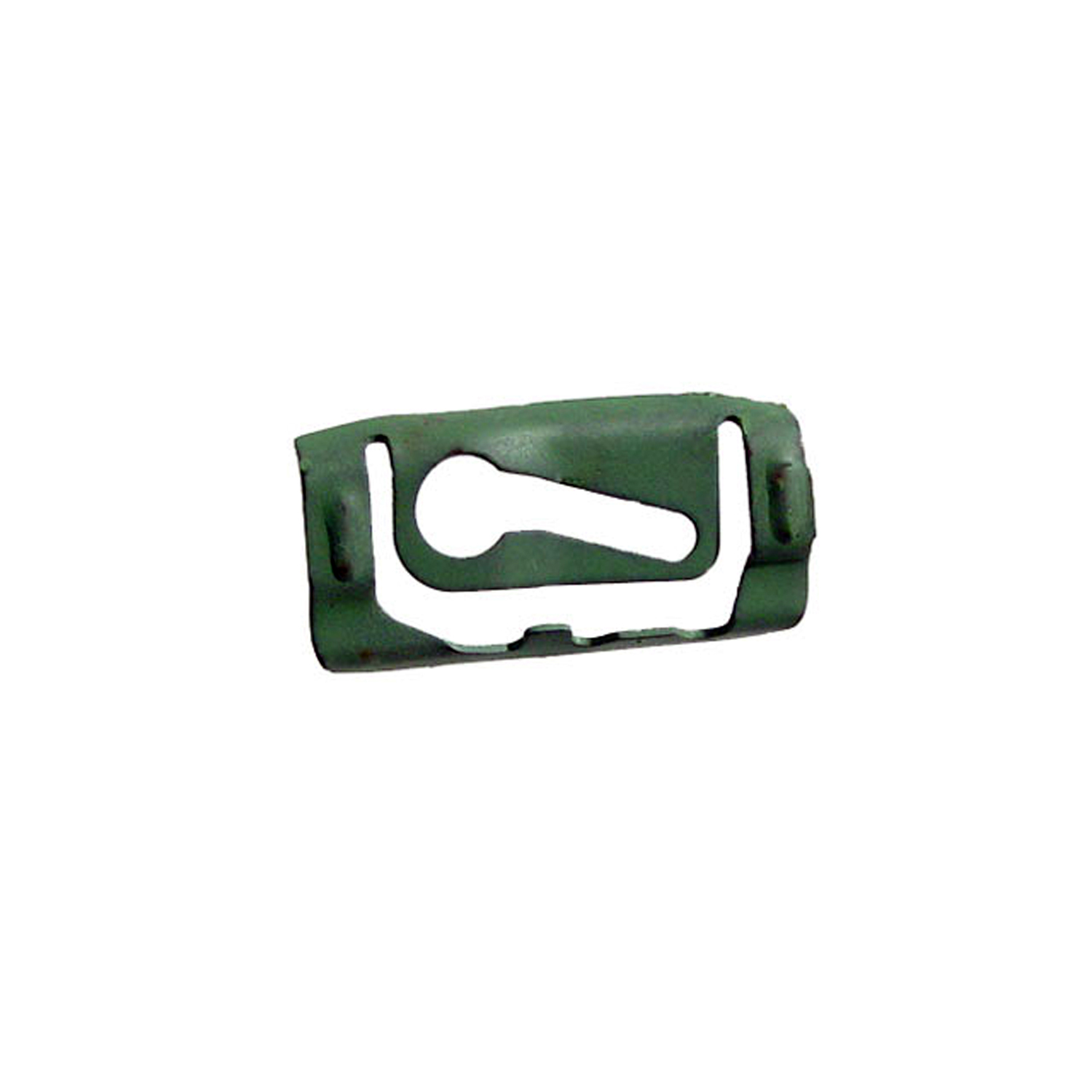 1967 Buick Riviera Quarter Window Reveal Molding Clip. Made of Steel-WF 205Quarter Window Reveal Molding Clip. Made of Steel. 1-3/8" X 11/16". Each
1967 Buick Riviera Quarter Window Reveal Molding Clip. Made of Steel-WF 205Quarter Window Reveal Molding Clip. Made of Steel. 1-3/8" X 11/16". EachWhy Choose Metro?
For over 100 years, Metro Moulded Parts has been the pinnacle of quality in classic car restoration parts. Our commitment to precision and authenticity in every component ensures a perfect fit and an OEM-level appearance.
- Expert Craftsmanship & Quality: Each part is a testament to our dedication to reliability and perfection, crafted from original designs and thoroughly tested.
- Advanced Technology: We use cutting-edge techniques to create flawless, long-lasting parts that surpass others in performance.
- SuperSoft Sponge – The Ultimate Door Seal: Not only are our door seals 30% softer than competitors', but they're also guaranteed to never leak. They effectively reduce wind and road noise, enhancing your classic car's comfort and driving experience.
- Proudly American: Our parts are a product of American craftsmanship, made in the USA with a spirit of excellence and heritage.
- Unrivaled Warranty: We back our products with a 30-year industry-leading warranty, a testament to our confidence in their quality.
Join us in preserving the legacy of classic cars with parts that are crafted for perfection, not just made.

